Life Finds A Way: 45 Extinct Creatures Brought To Life Through Art
Dinosaurs have entertained humans of all ages for decades, if not centuries. Part of their continual and everlasting appeal lies in the pure shock and awe of seeing 3- to 10-meter-long giant lizards and imagining what it would have been like to see these giants stomp across the land. Another part of their appeal lies in the mystery of what these dinosaurs really looked like. While it is impossible to fully know for certain what they would have looked like, advancements in modern technology and new discoveries in archaeology have given us some tools to use in attempting to recreate their images. A great example is Paleorex, a 3D paleolithic artist who shares their 3D rendered interpretations on their Instagram account and what they think some of these amazing creatures looked like. Keep on reading to see some of Paleorex’s amazing work!
All images in this article are courtesy of @Paleorex on Instagram.
Arctodus
Starting things off, we have the Arctodus bear, also known as the North American short-faced bear. The Arctodus bear is believed to have lived between the latest Pliocene to the Holocene epoch, a time frame of about 10,000 years ago.
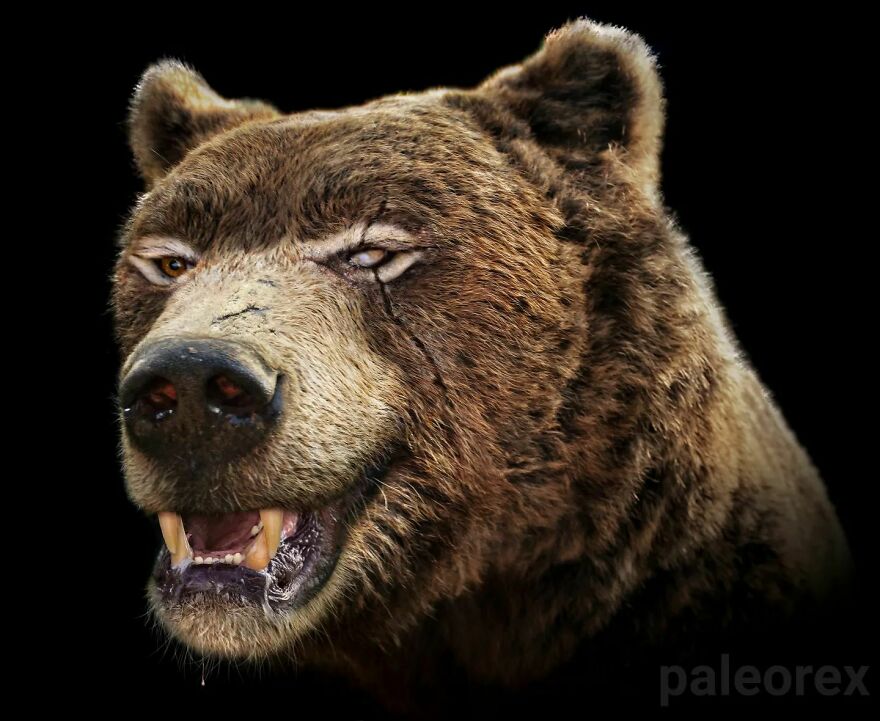
Scientists have argued that the Arctodus was one of the largest species of bear ever to live, with some believing the weight to be upwards of 700kg. The Arctodus was also taller and lankier than other bears, with long, slender limbs. Perhaps it favored speed over strength.
Stegoceras
This egg-shaped, rocked domed little lizard was known as a Stegoceras, a 77-million-year-old dinosaur that was part of the clade pachycephalosaurid, which meant dome-headed. Just one look at this fellow, and you could say that it was an appropriate name.
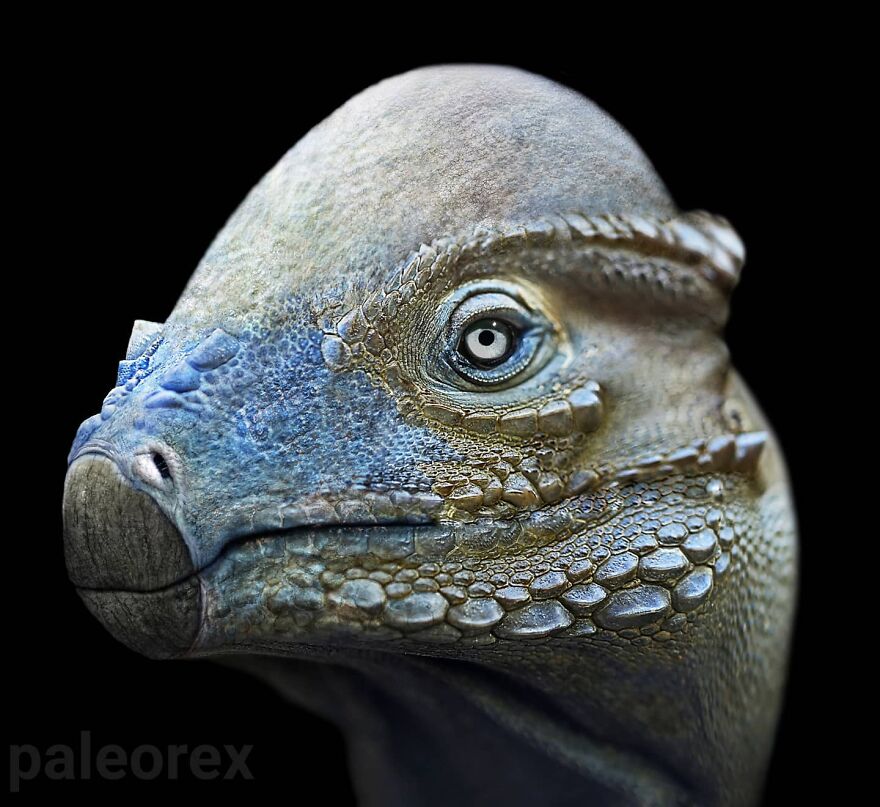
The Stegoceras was commonly found in parts of North America, with the first remains of the species uncovered in Alberta, Canada. The Stegoceras was small for a dinosaur, reaching a height of 2 meters. Currently, it is believed to have been a herbivore.
Tupandactylus
This fanciful and fascinating creature is called the Tupandactylus, a winged member of the tapejarid pterodactyloid pterosaur family that dates back to the early Cretaceous period, or roughly 122 million years ago. The Tupandactylus was first discovered back in 2006.
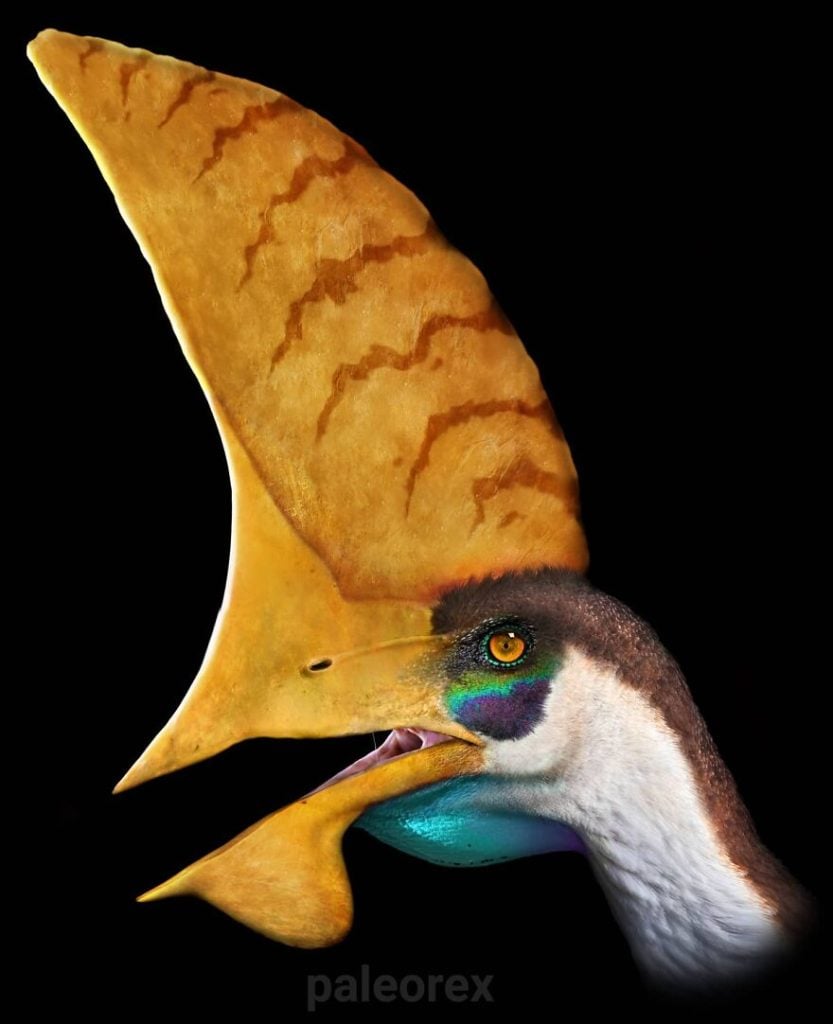
So far, the only remains that have been discovered are in what is now Brazil. The most notable feature of Tupandactylus was its large cranial crest, made of bone and soft tissue. Paleorex did an excellent job of recreating the distinctive cranial crest.
Inostrancevia
Was it only us who thought this was some kind of dinosaur dog? This supposedly furry and canine-like creature is called Inostrancevia, the largest ever record gorgonopsid species, reaching a length of 3.5 meters and a weight of 300 kg.
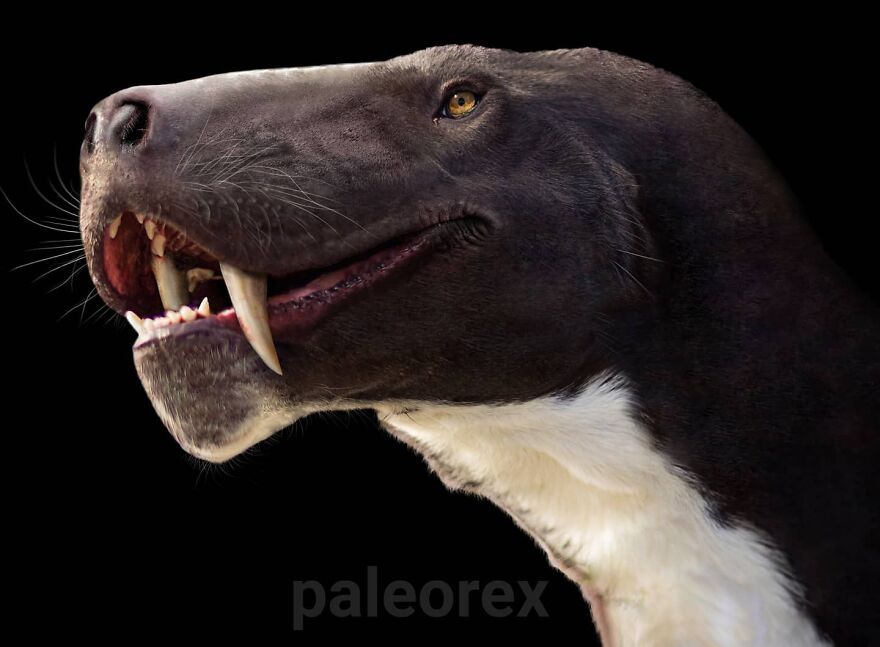
All remains of the Inostrancevia have, so far, only been found around European Russia and other smaller parts that border the region. Paleontologists have been able to date the giant carnivore back to the late Permian period, around 259 million years ago.
Bambiraptor
Bambiraptor, an adorable name taken from everyone’s favorite Disney movie about a lone deer, that, unfortunately, isn’t as wholesome as one would hope. This species of raptor was only named after Bambi because of the young/juvenile skeleton that was found.
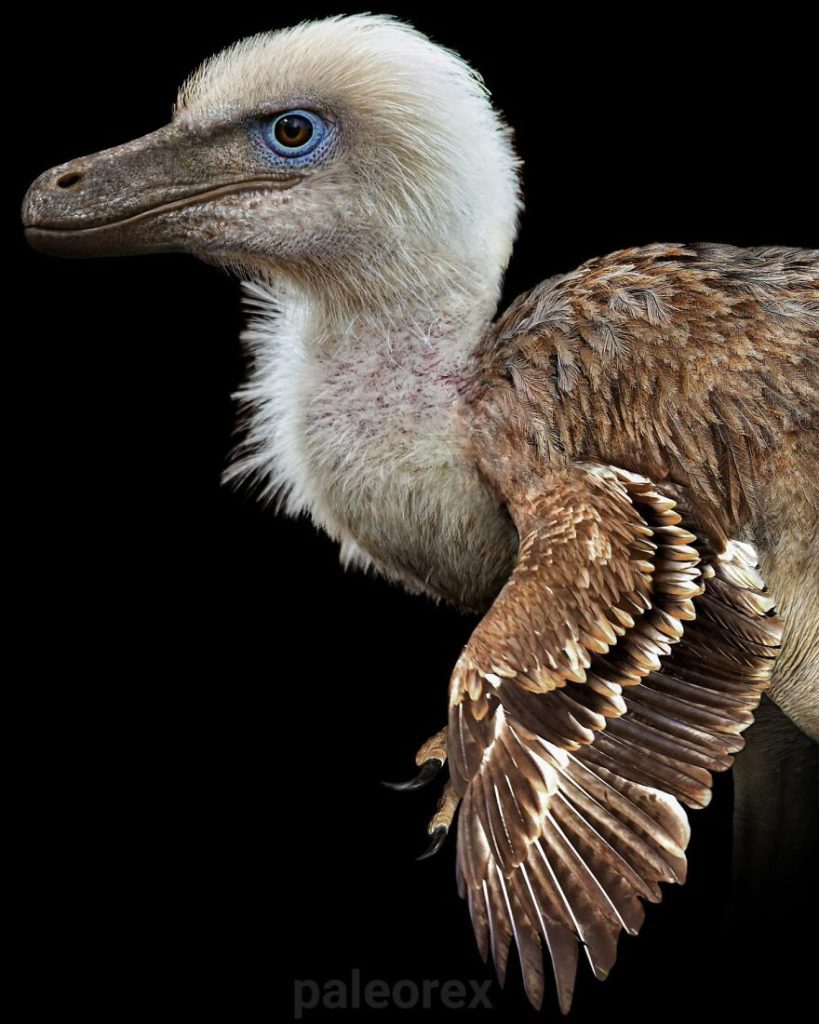
Don’t let the cute and fluffy photo fool you! Like other raptors, the Bambiraptor was most likely a carnivore; it certainly wouldn’t be a good time for anybody nearby. The Bambiraptor is believed to be from the Late Cretaceous period, making the less than one-meter-tall fossil around 72-million-years-old.
Velociraptor
The Velociraptor has to be one of the most recognizable and iconic dinosaur species, following only the Tyrannosaurus rex and Brachiosaurus. Much of its modern popularity is owned, in no small part, by its appearance in the Jurassic Park films.
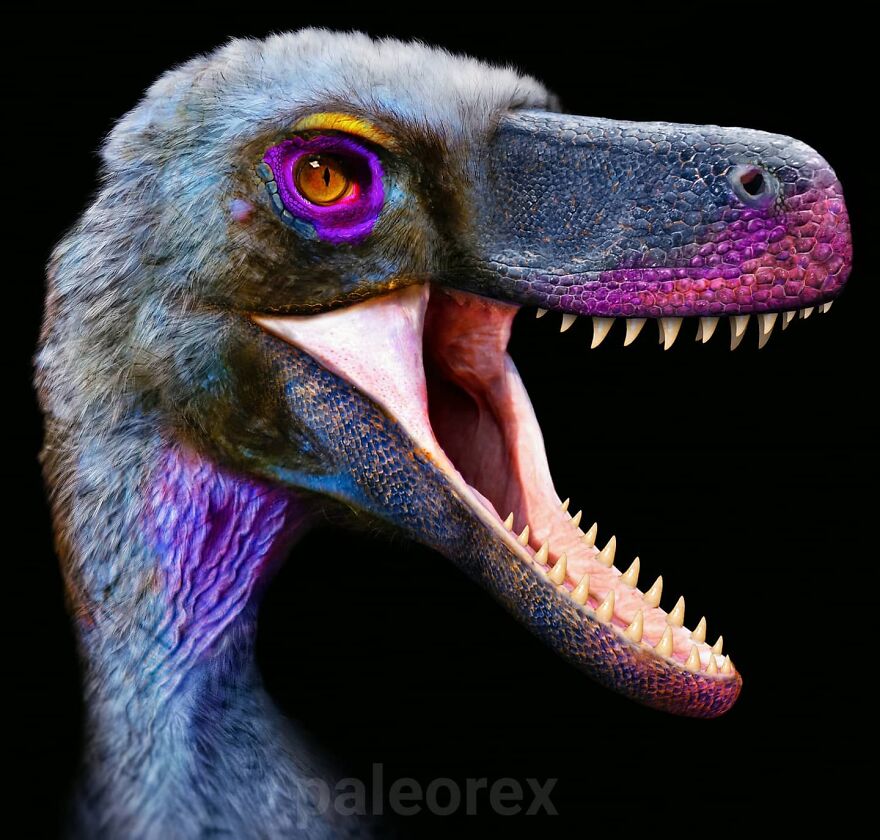
You are most likely wondering why this illustration of a Velociraptor is not only colorful but covered with fluff instead of scales. The old belief was that most dinosaurs were covered in scales or rough skin — until new research argued otherwise.
Barbourofelis
This fearsome-looking kitty is called Barbourofelis, a genus that was part of the Barbourofelidae family. This family of giant cats was found in parts of Eurasia and North America in the Miocene era back 7 to 13 million years ago.
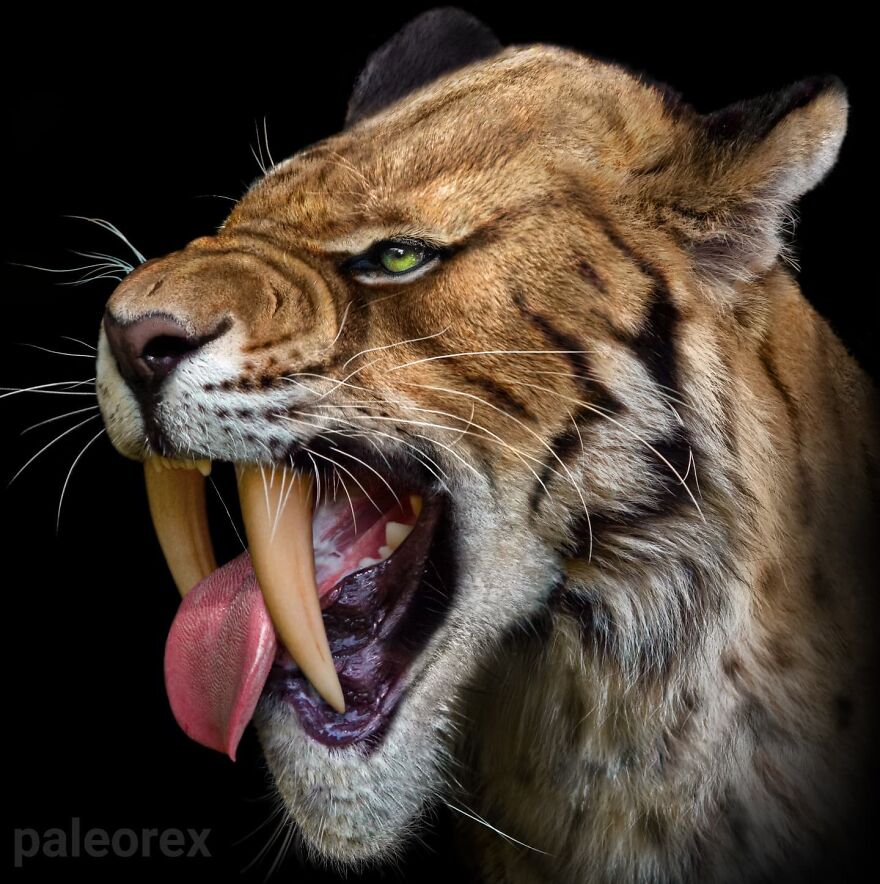
The Barbourofelidae are also known as false saber-tooth cats and are thought to have been as big and heavy as an African lion, if not somewhat stockier with a relatively small brain. Although we cannot know the real fur patterns, something about Paleorex’s design just feels right.
Smilodon
The Smilodon is a charming name that is often forgotten for its more popular name: the saber-toothed tiger. Despite the word tiger in its name, the Smilodon was not even closely related to today’s big cats. They lived during the Pleistocene epoch, which ended around 12,000 years ago.
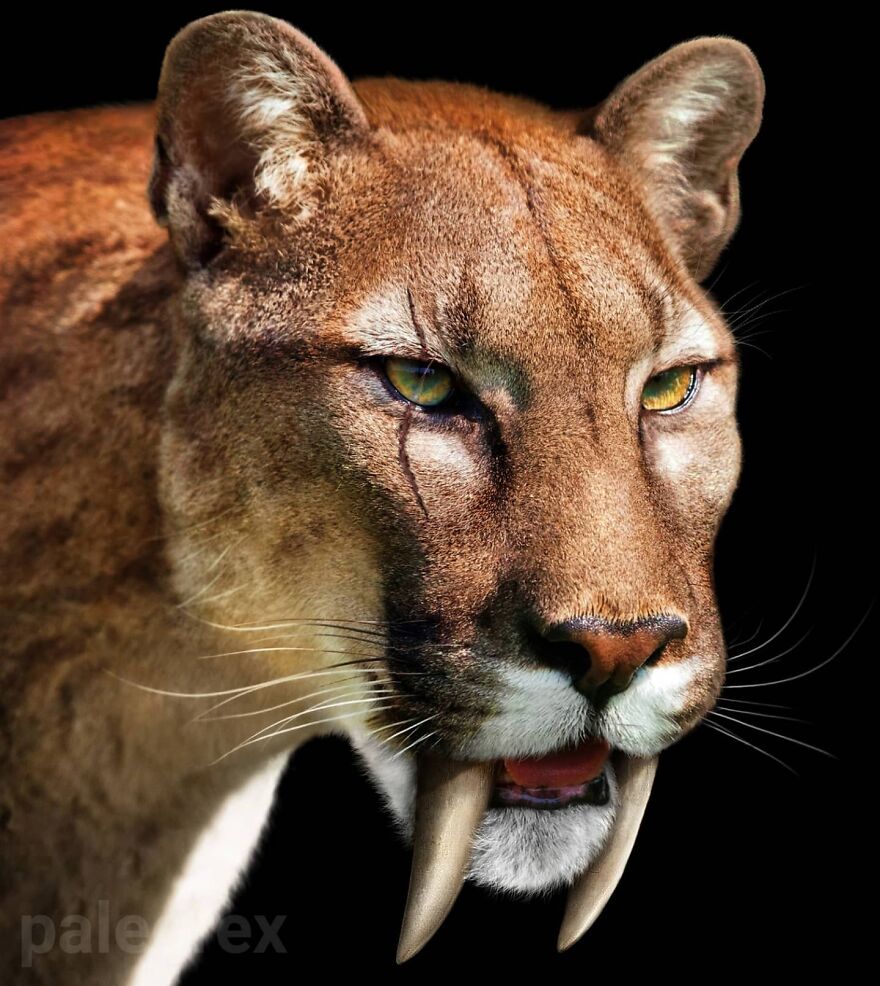
The Pleistocene epoch spanned roughly 2.5 million years. During that time, the Smilodon could be found living in the Americas. Depending on the sub-breed, they were believed to weigh anywhere between 100 to 400 kg with heights of 100-120 cm.
Triceratops
And now for another equally iconic prehistoric animal, the mighty Triceratops, a favorite dinosaur for many with its striking build and three-horned head. The Triceratops dates back to the late Cretaceous period, during a time frame called the Maastrichtian stage.
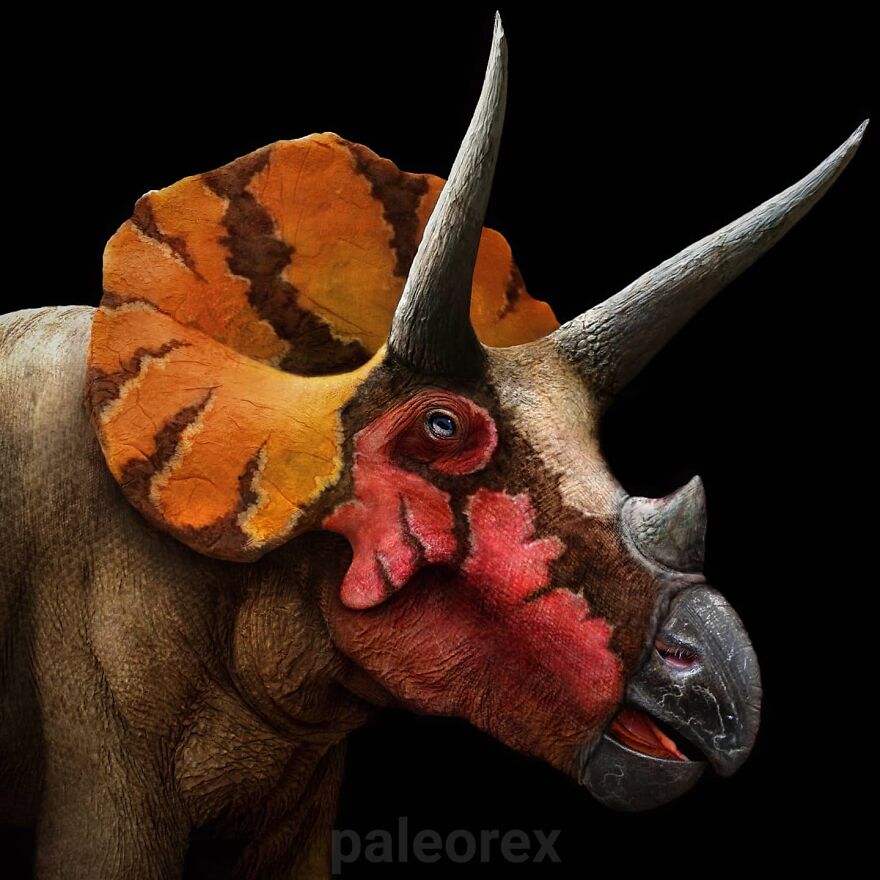
This makes the Triceratops roughly 68 million years old. The Triceratops, on average, weighed around 12 metric tons and could reach a length of 9 meters when fully grown. Most remains of Triceratops were found across large parts of North America.
Guanlong
This prehistorical turkey-looking beauty is called the Guanlong, a 3-m long tyrannosauroid from the Late Jurassic period in what is now China. Yep, you read that right; this funny dinosaur turkey is actually closely related to the fearsome Tyrannosaurus Rex!
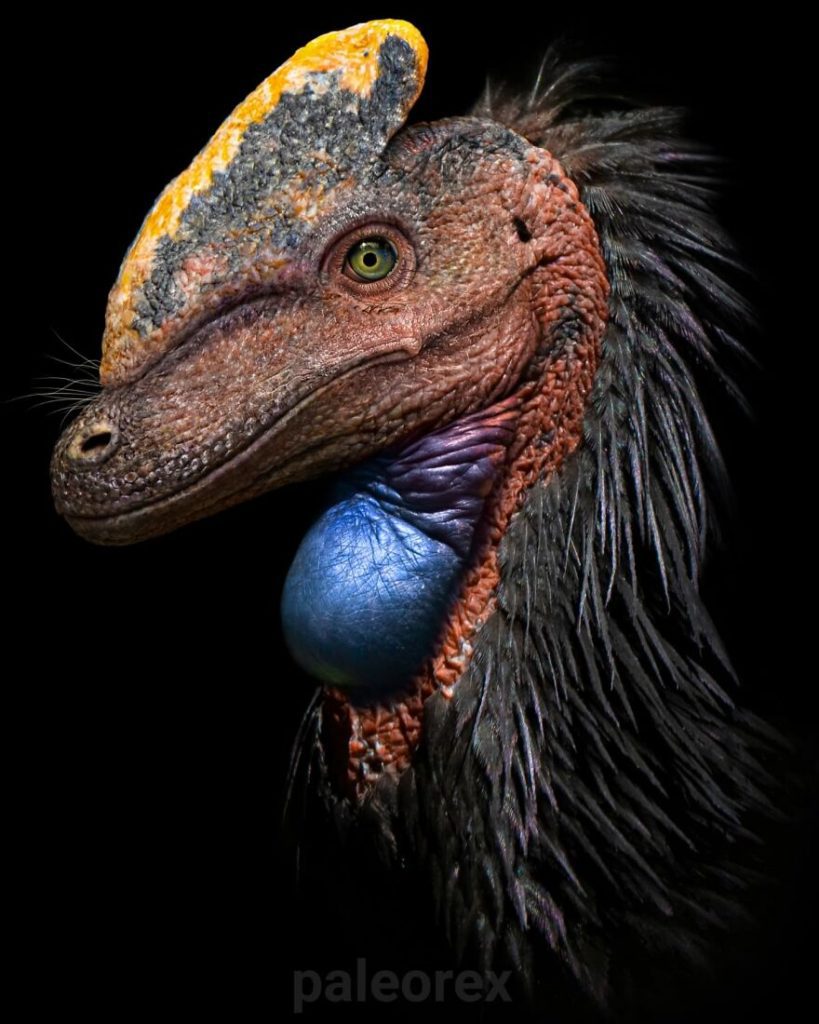
The Guanlong lived around 95 million years before the Tyrannosaurus, with some even arguing that the T. rex actually evolved from it. Guanlong is a Chinese name that translates to crown dragon due to the bone crest that adorns the predator’s head.
Ambulocetus
Ambulocetus was an amphibious aquatic mammal found along the Kuldana Formation (a mountain range now known as the Kala Chitta Range) in Pakistan. It was part of the cetacean infraorder and lived during the early Eocene period 48 million years ago.

While we have no idea what kind of coating it had, Paleorex’s interpretation does make it look oddly like a rather long-snouted seal. There are only a handful of Ambulocetus remains, with the most complete skeleton being only 80% discovered.
Parasaurolophus
Parasaurolophus was a giant herbivore (reaching heights of 9.5 m tall and weighing around 2.5 metric tons) that roamed across North America during the Late Cretaceous, and possibly in some parts of Asia. The Parasaurolophus’ most distinctive feature is its bone crest.
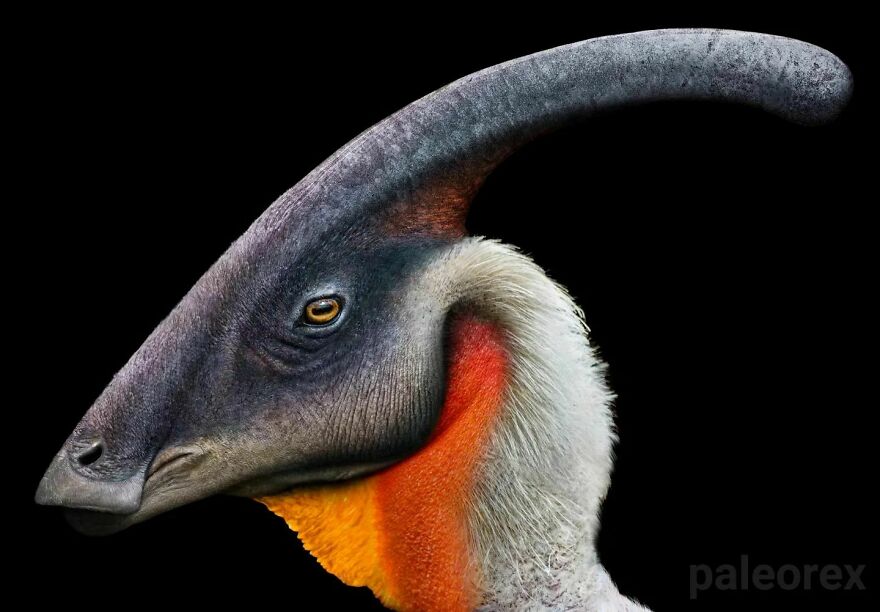
Scientists are not exactly sure what purpose their head crest bones served. Some believe it helped temperature regulation, and others note its connection to the nasal passage, implying that they used the crest to produce strong calls and signals with herd mates.
Psittacosaurus
Affectionately referred to as the “parrot lizard,” the Psittacosaurus was a beak-nosed (though non-avian) dinosaur that could be found in large parts of what is Asia. Various subspecies were found in Thailand, Mongolia, China, and Siberia, to name a few.
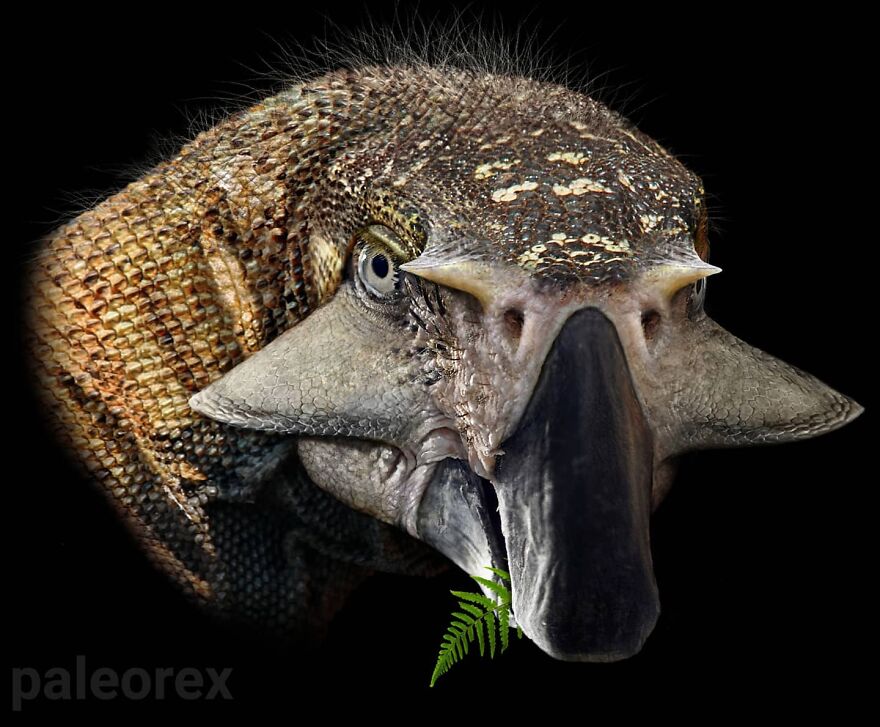
The Psittacosaurus was a part of the ceratopsian suborder, which were groups of beaked and non-avian herbivores. Psittacosaurus lived 126-101 million years ago during the Early Cretaceous Period and were actually relatively tiny, only weighing 20 kg with lengths of 2 meters.
Allosaurus
This impressive-looking beast is called the Allosaurus, a terrifying predator of the Late Jurassic epoch. Allosaurus typically reached lengths of 8.5-10 meters long and weighed close to 2.3 metric tonnes; they had a pair of bone-like horns above the eyes.
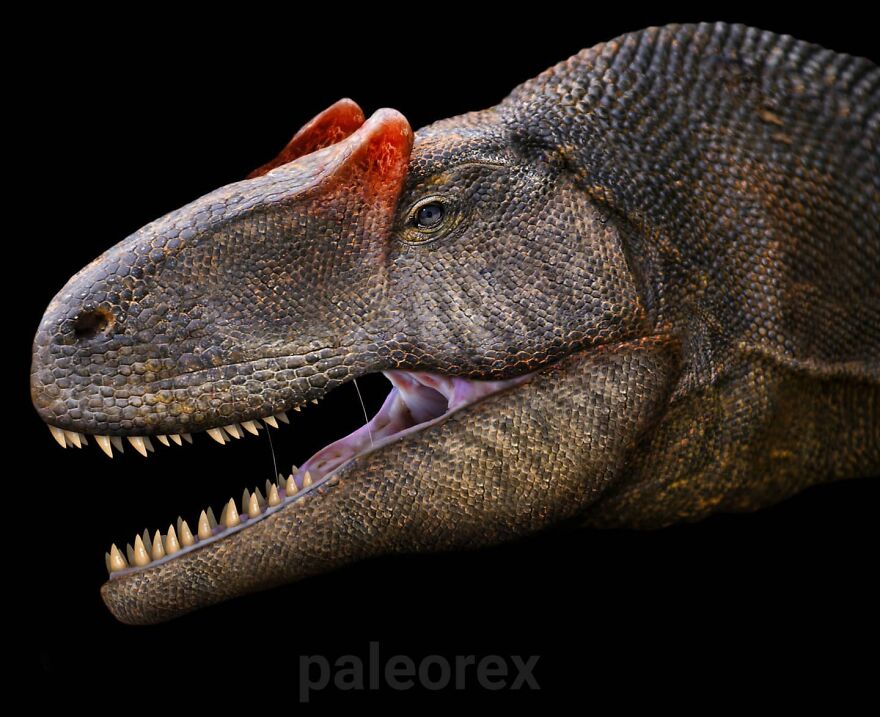
The Allosaurus has been argued to have been one of the most fearsome predators of its time, with powerful and muscular legs and mouths filled with serrated fangs. Most Allosaurus skeletons were found in North America with some also found in Portugal.
Brachiosaurus
The great Brachiosaurus is a member of the sauropod clade and is likely one of the largest land roaming dinosaurs to have lived. They were thought to have reached lengths of 20 meters, a height of 9 meters, and weighing 28-58 tons.
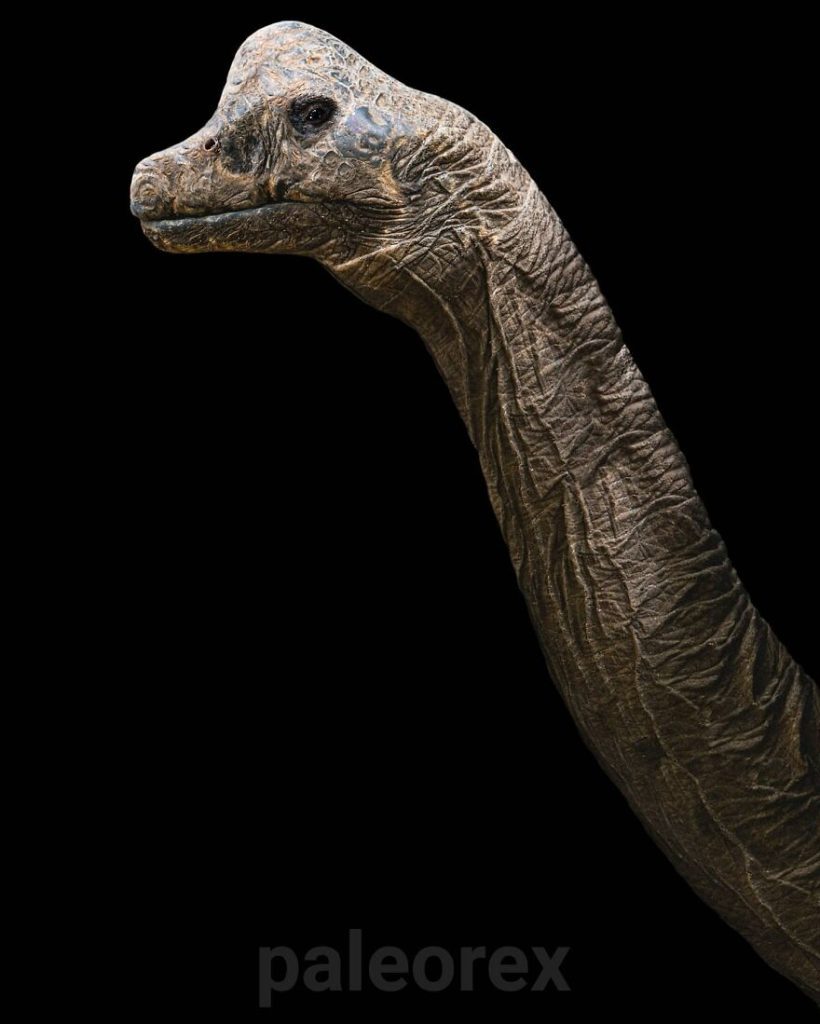
You most likely find this majestic creature very familiar, which can arguably be attributed to its rise in popularity after featuring in the first Jurassic Park film back in 1993. The Brachiosaurus lived in Northern America during the Late Jurassic Period.
Pterodactylus
Pterodactylus, more commonly known as Pterodactyl, was a large flying carnivorous reptile of the Late Jurassic Period. Their remains were found in parts of Europe and Africa, but mostly in present-day Germany, preserved under layers of Solnhofen limestone. Like many other dinos, Paleorex’s renderings remain true to science, not films.
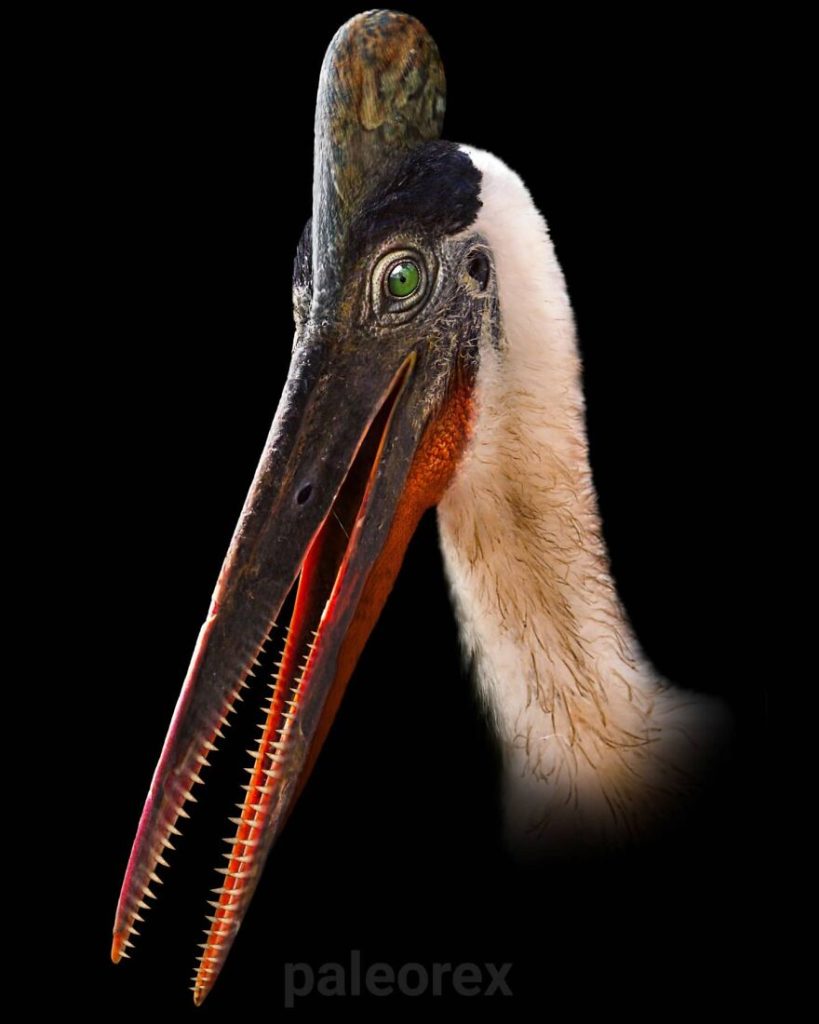
The Pterodactylus lived 150 million years ago and is believed to have fed on eggs, vertebrates, and invertebrates. They were part of the pterosaurs clade; the first species of the genus was identified in the late 18th-19th centuries. No wonder they’re so well known.
Spinosaurus
The Spinosaurus is another iconic big dinosaur that apparently has been the source of continuous debate amongst the scientific community. The debate is caused because no one can fully understand this giant aquatic hunter from North Africa during the Late Cretaceous period.
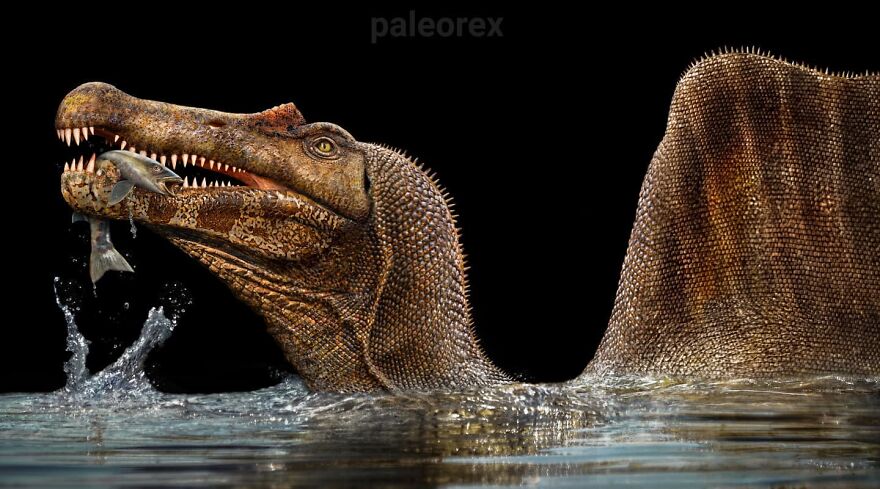
The Spinosaurus was alive around roughly 99-93 million years ago, and is thought to be the longest carnivorous dinosaur, capable of reaching lengths of 15 meters, making it longer than the Tyrannosaurus rex! Another contested feature is the use of its giant sail-like back fin.
Scutellosaurus
If you were somehow in Arizona back 196 million years ago, you would have very likely come across these little fellows. Scutellosaurus was a small herbivore that only reached a length of a meter and a height of 50 cm.
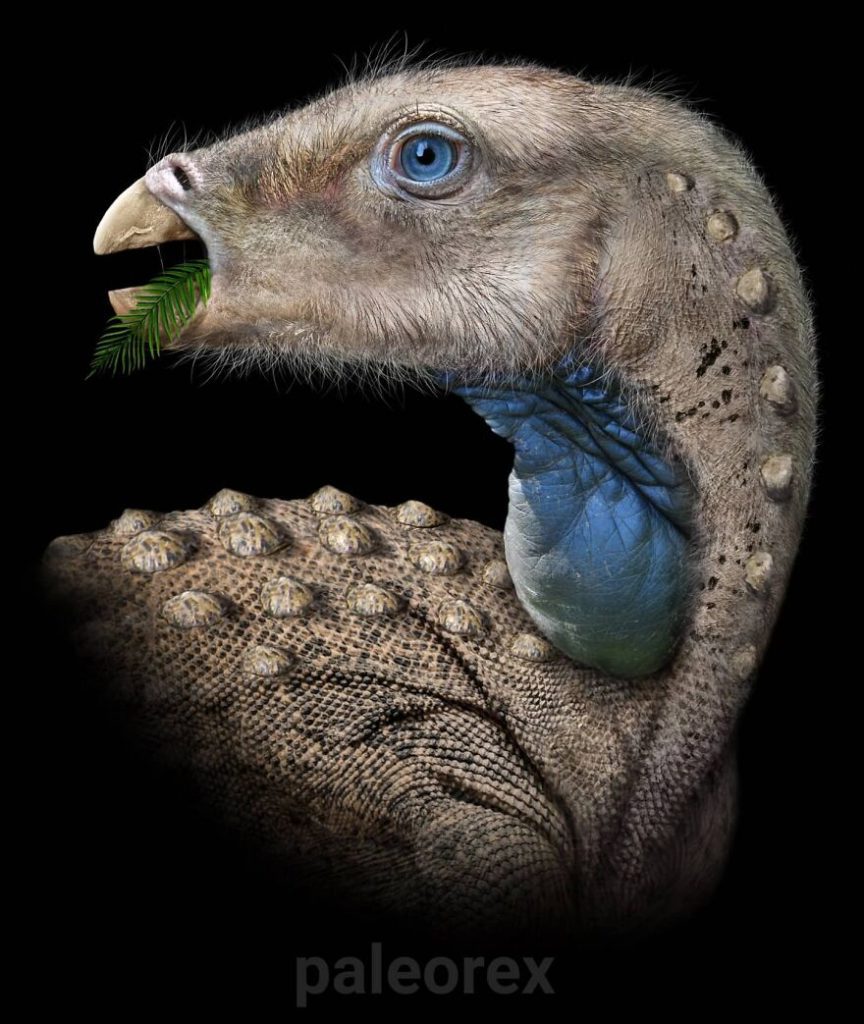
It gets part of its name from the Latin word “scutellum,” which means “little shield,” due to the armored scales that ran along its neck to its tail. The armored and bumpy scales were used to defend the Scutellosaurus against predators.
Dorygnathus
The Dorygnathus had a face that not even its own mother could love. The Dorygnathus, related to the Pterosaur, was a seafaring reptilian flyer of the Early Jurassic period 180 million years ago. To us, it looks like some kind of freaky pelican.
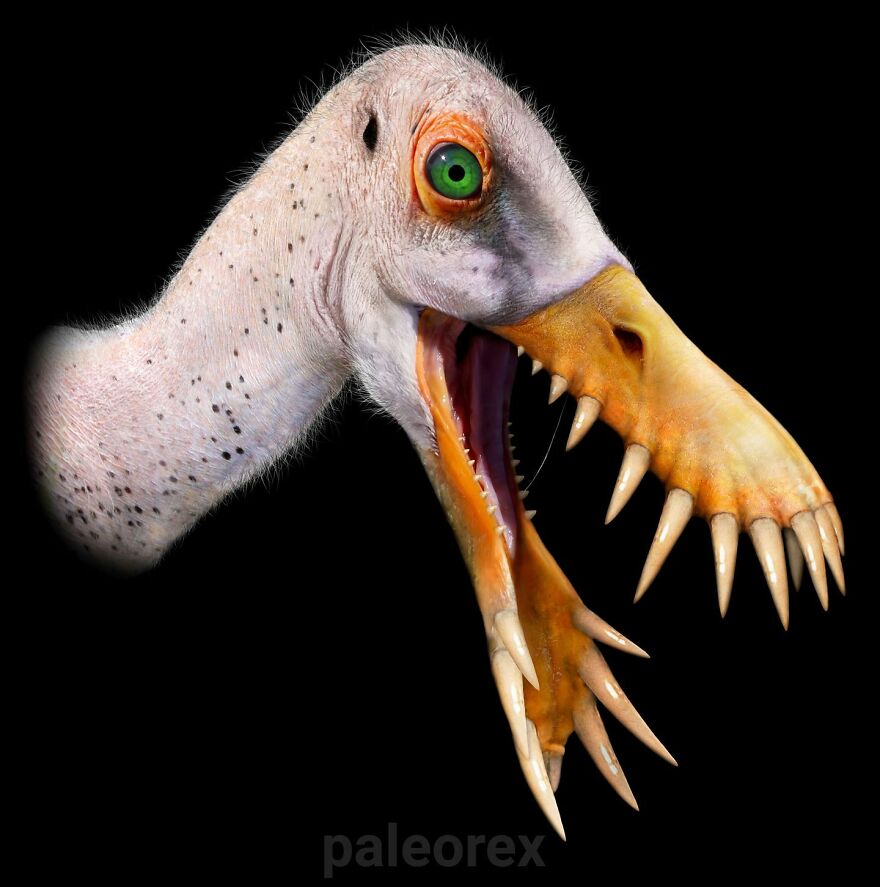
The most noticeable feature of the Dorygnathus is its fan of long and sharp teeth that jutted out of its mouth, supposedly ideal for catching fish. The Dorygnathus is considered small, with a wingspan of 1.5 meters and a short body.
Rhamphorhynchus
Why don’t we take a look at another equally strange and borderline avian-looking prehistoric reptilian flyer with terrifying teeth? This is Rhamphorhynchus, a soaring predator of the Jurassic period. Many fossils have been found in Germany and neighboring and southern regions.
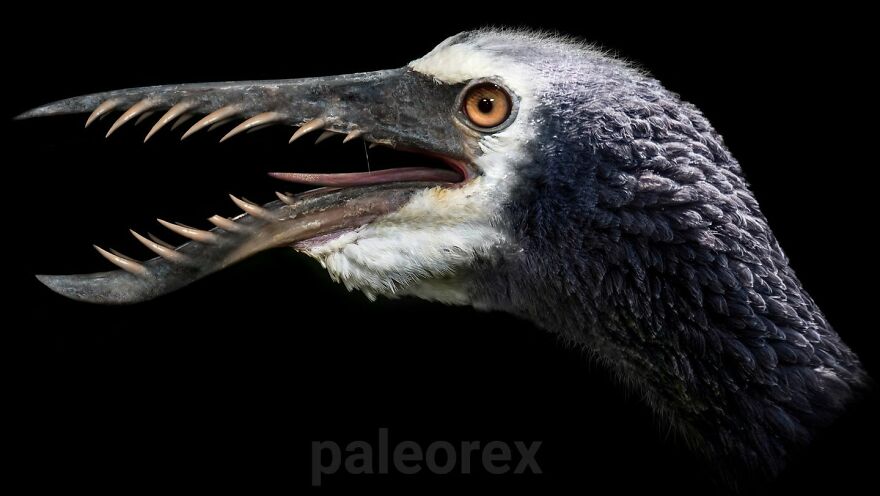
The Rhamphorhynchus is similar to the Dorygnathus in that they were also seafaring predators who fed on the prehistoric ancestors of fish. The Rhamphorhynchus was also relatively small, measuring only a meter in length with a wingspan of under 2 meters.
Pyroraptor
The Pyroraptor is undoubtedly a bit of an odd-looking thing, appearing as a mix between a crocodile, a waterfowl, and an ancient peacock due to its stunning plumage and feathers. Its name is even odder, translating to mean “fire thief.”
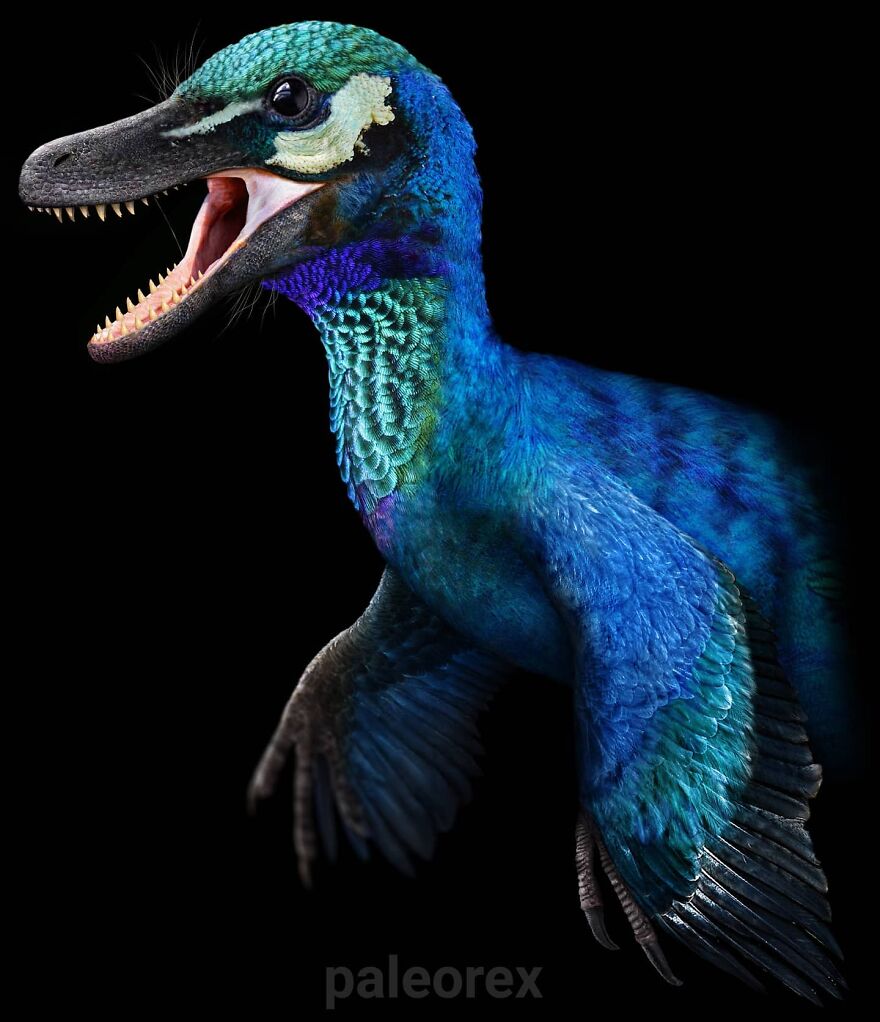
It was named as such due to its remains only being found following a forest fire in the Provence region of Southern France. The Pyroraptor is thought to have been around during the late Cretaceous period, more than 70 million years ago.
Zhenyuanopterus
The Zhenyuanopterus was first discovered by Chinese paleontologist Lü Junchang in 2005 in the Chinese province of Liaoning, uncovered along the province’s Yixian Formation (a geological formation of extremely well-preserved fossils). The Zhenyuanopterus dates back to the Lower Cretaceous period.
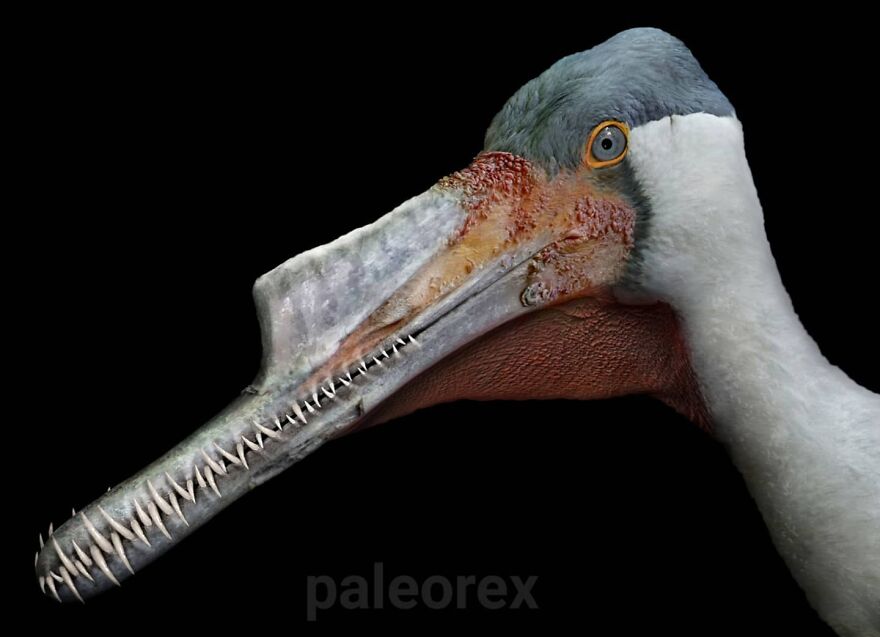
The head of the Zhenyuanopterus has also been a source of interest due to its peculiar shape and design, featuring a hardened section of bone along half its snout and a long mouth filled with interlocking teeth, likely for aquatic prey.
Eocursor
Meet the Eocursor, a cute little critter whose name translates as “dawn runner.” The Eocursor belongs to the order ornithischian and roamed around large parts of South Africa in the Early Jurassic period, around 200 million years ago. Although remains were first uncovered in 1993, it took fourteen years to properly identify them.
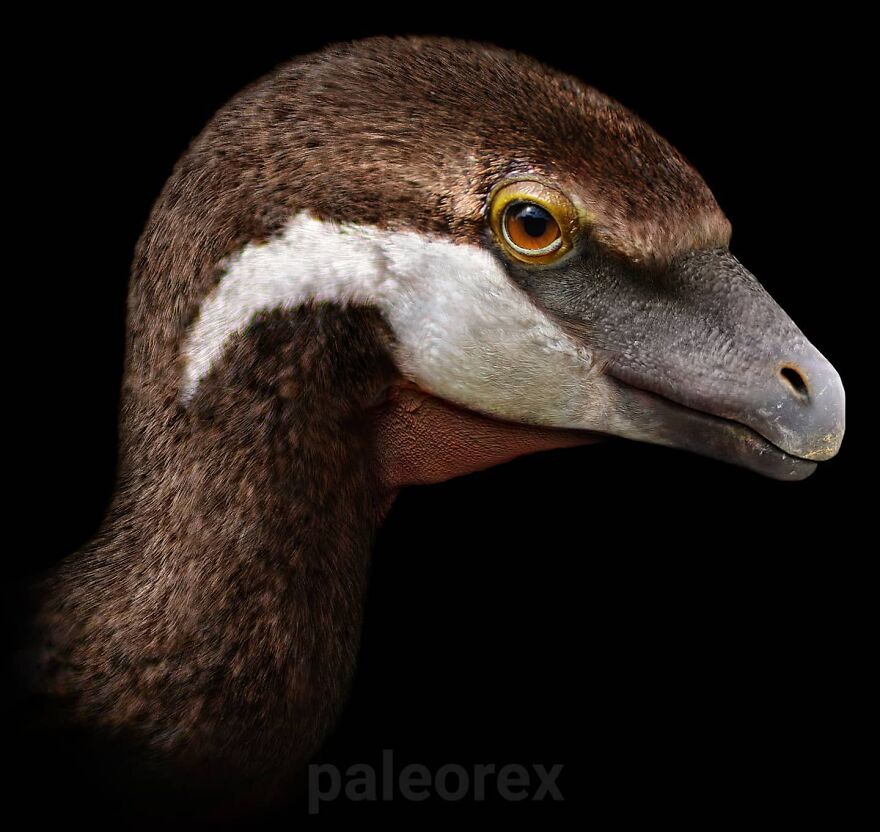
It is argued that the Eocursor subsisted on a largely herbivory diet, and possibly insects, and interestingly sharing a similar teeth structure to iguanas. They only reached lengths of a meter and were bipedal with large tibias, likely making them fast runners.
Titanis
This next fanciful creature honestly looks like something you would see in a Sci-Fi movie. The Titanis was a giant flightless bird-like creature that strode across the plains of North America. It was part of the Phorusrhacids clade, sometimes called terror birds.
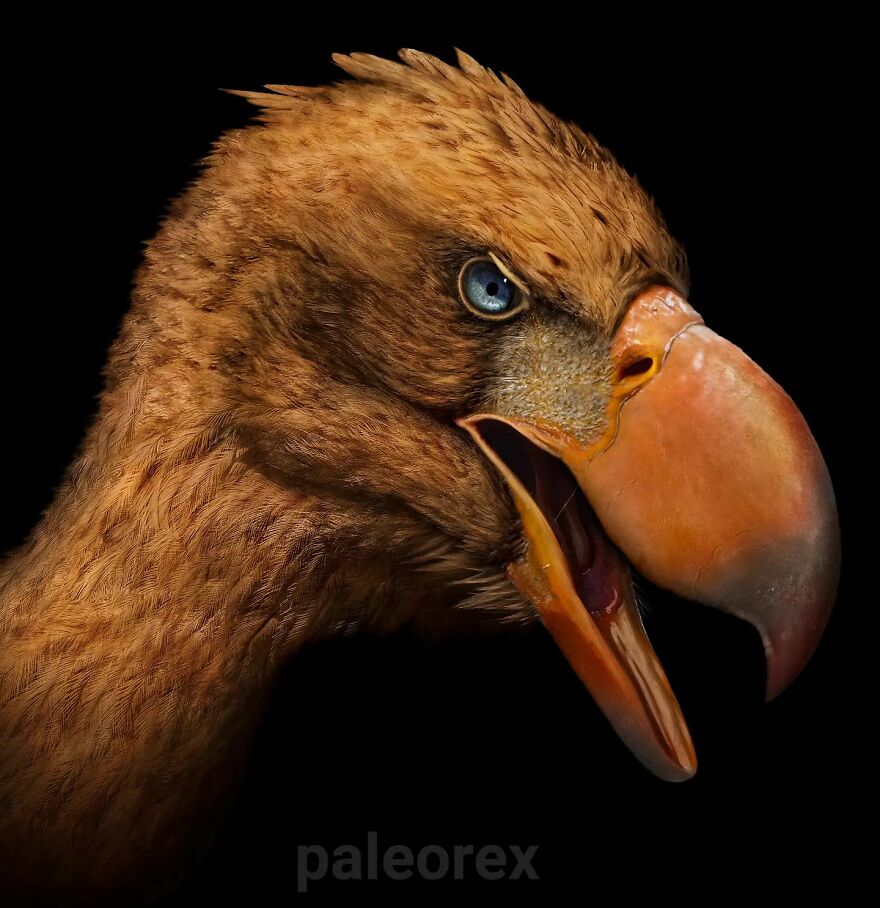
The Titanis lived between the early stages of the Pliocene to Pleistocene epochs about 5 million years ago and reached a height of 2 meters with a weight of over 150 kg. They died out during the early Pleistocene epoch.
Albertosaurus
The Albertosaurus, as you can no doubt deduce from its name, was a lethal and dangerous relative of the great Tyrannosaurus rex that exclusively lived within the Province of Alberta, Canada, some 70 million years ago during the Late Cretaceous.
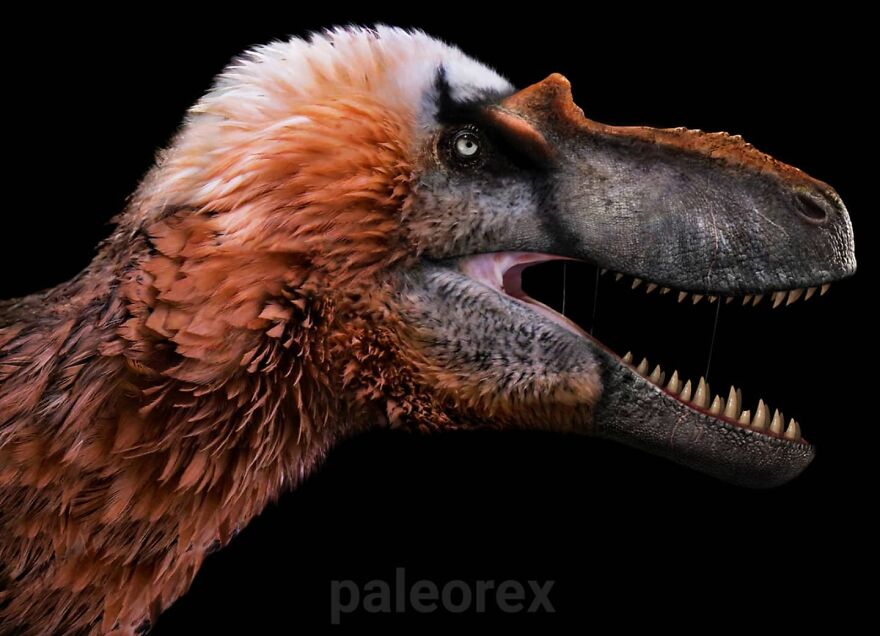
Albertosaurus was a lot smaller than its ancestor, reaching a weight of 3-4 metric tons and a height of 10 meters, which is still pretty big. The discovery of fossils has hinted that the Albertosaurus lived, traveled, and hunted in packs.
Archaeopteryx
This might very well be the missing link between dinosaur reptilian flyers and modern birds, at least according to paleontologists that have seen Archaeopteryx as the transitional fossil between the two. It gets its name from the Greek words for “ancient” and “feather/wing.”
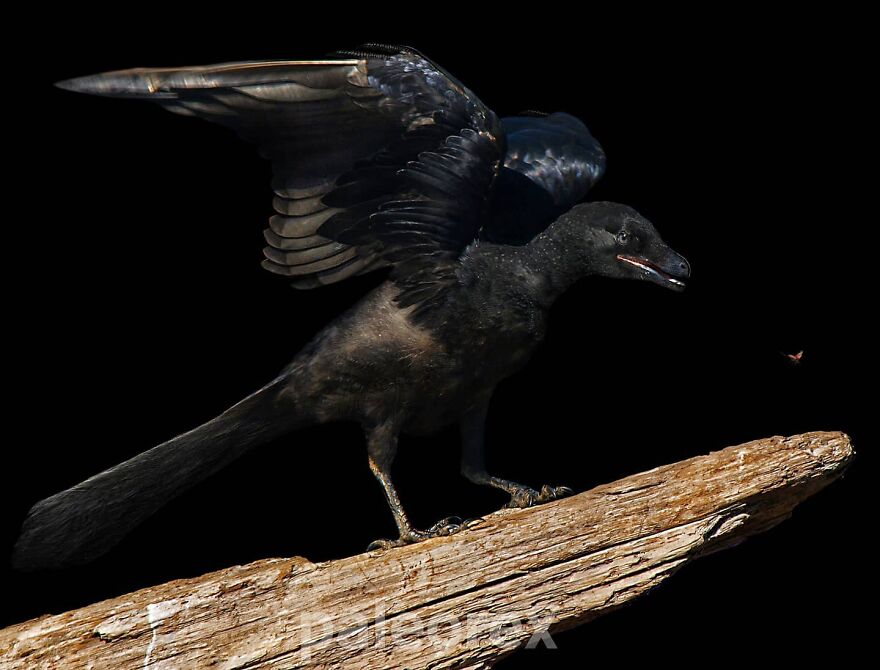
That said, they are sometimes called by their German name, Urvogel, which means “first bird.” They lived during the Late Jurassic (150 million years ago) and were common in Southern Germany when Europe was still a collection of marsh-like islands.
Chilotherium
This tusked behemoth is called a Chilotherium, a great herbivore of the Miocene and Pliocene epochs, living for 10 million years, and most likely was the ancestor of the modern rhinoceros. The Chilotherium was common along large parts of Eurasia.
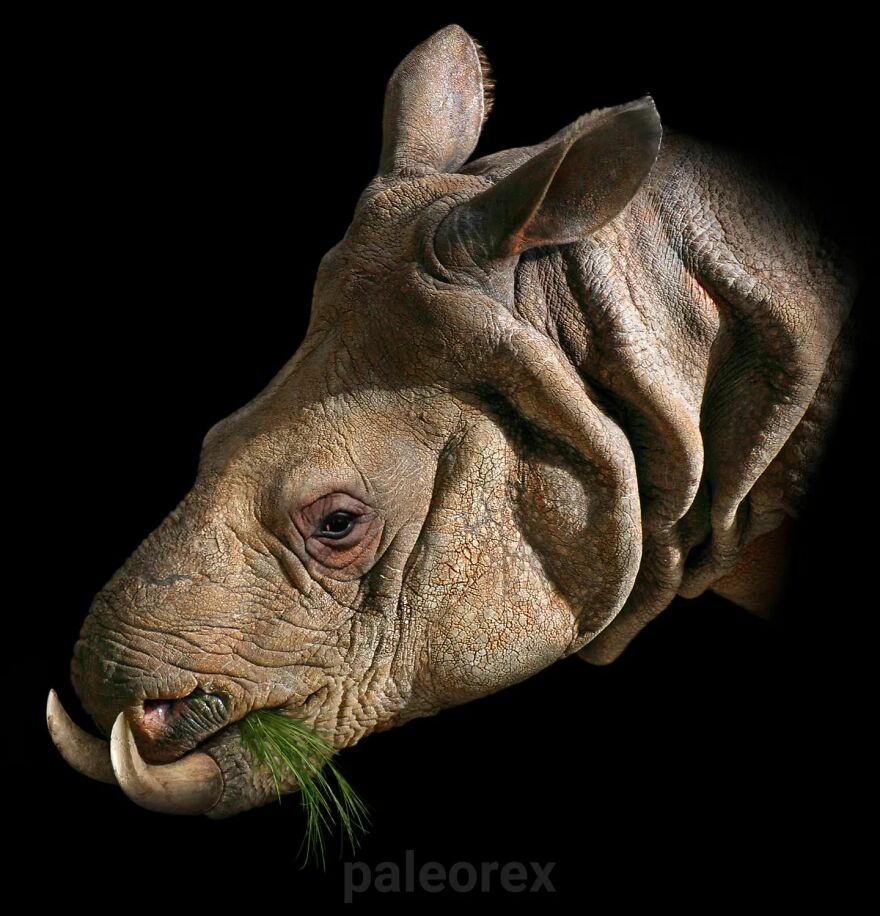
Both sexes of the Chilotherium had long tusks that jutted out from their bottom jaw. That said, the males tended to have longer tusks. It is believed that they used these tusks to cut the grasses that they were feeding on.
Gigantopithecus
Meet the largest species of ape to have ever lived with a rather fitting name, Gigantopithecus. Gigantopithecus populated large parts of southern China during the Early to Middle Pleistocene (now known as the Chibanian epoch). Gigantopithecus was first identified in 1935.
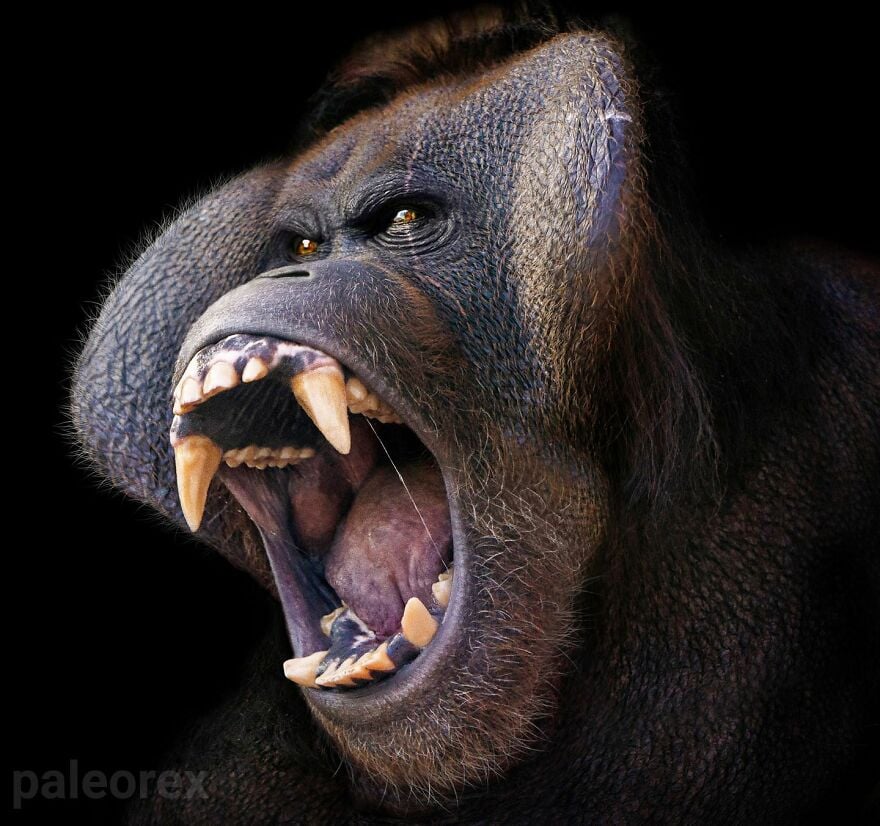
While we have no clear idea of how much Gigantopithecus would have weighed, it is believed that it could have weighed anywhere between 200-300 kg with a height of 3 meters, making it almost double the weight of modern gorillas.
Europejara
Back in the Early Cretaceous period, a good 140 or so million years ago, much of modern Spain would have been home to the Europejara, a toothless and omnivorous relative of the pterosaur and part of the tapejarid pterosaur clade.
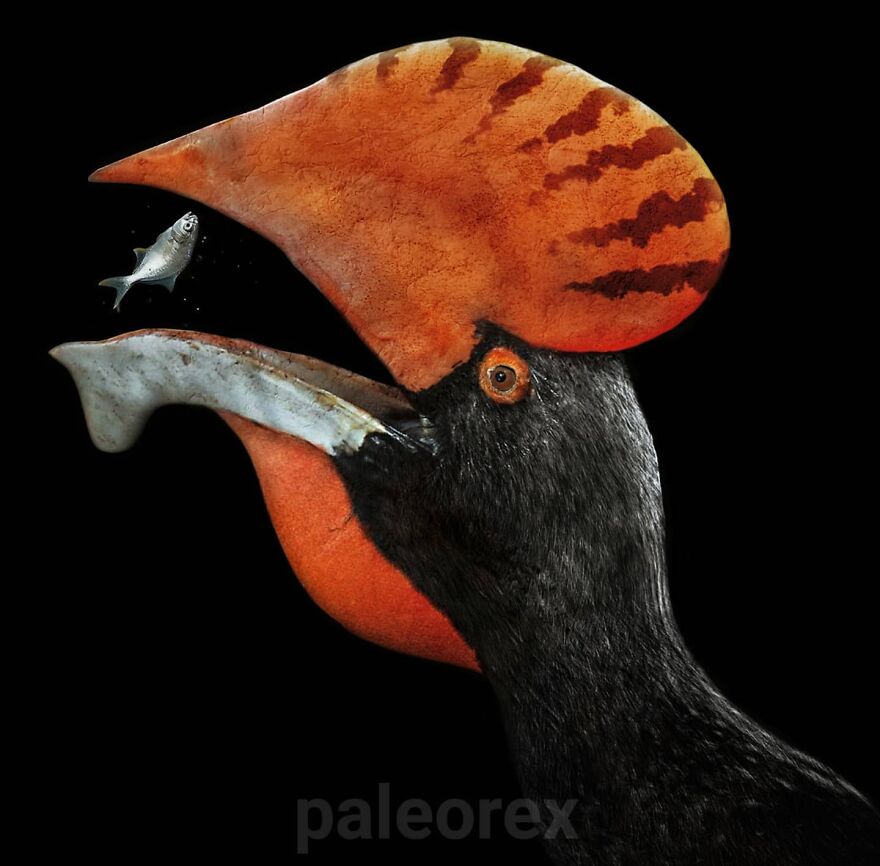
Well, possibly omnivorous, as its diet is still largely up for debate. Some believe it might have been a seafaring and fish-eating predator, while others speculate that it might have also fed on fruits and seeds owing to its peculiar beak.
Ceratosaurus
Next, we have the Ceratosaurus, a name that means “horn lizard” in ancient Greek. It is a rather fitting name that describes the hard horn-like structures around the nose and over the eyes of the creature. The purpose of which is up to debate.
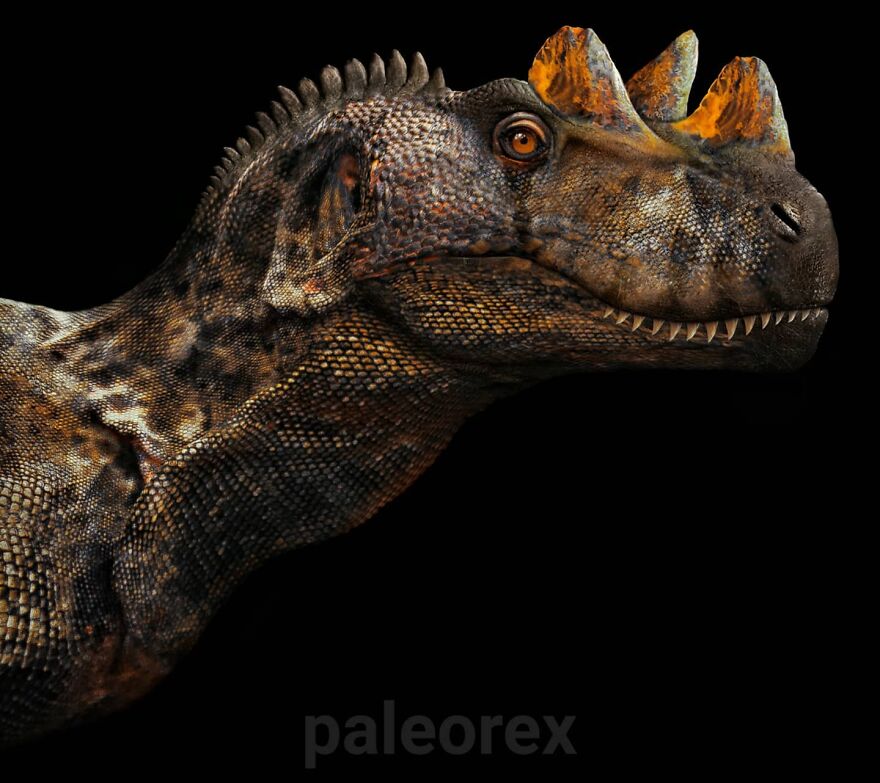
It has been hard to determine the function of the horns — a likely possibility being that they were merely decorative and used as a mating display. While still quite formidable, the Ceratosaurus was considered small compared to other Jurassic predators.
Daeodon
The Daeodon was a large, boar-like creature that lived in North America back 23 million years ago. It was part of the Entelodontidae family, a group of other pig-like artiodactyl beasts that lived between the late Eocene to Middle Miocene epochs.
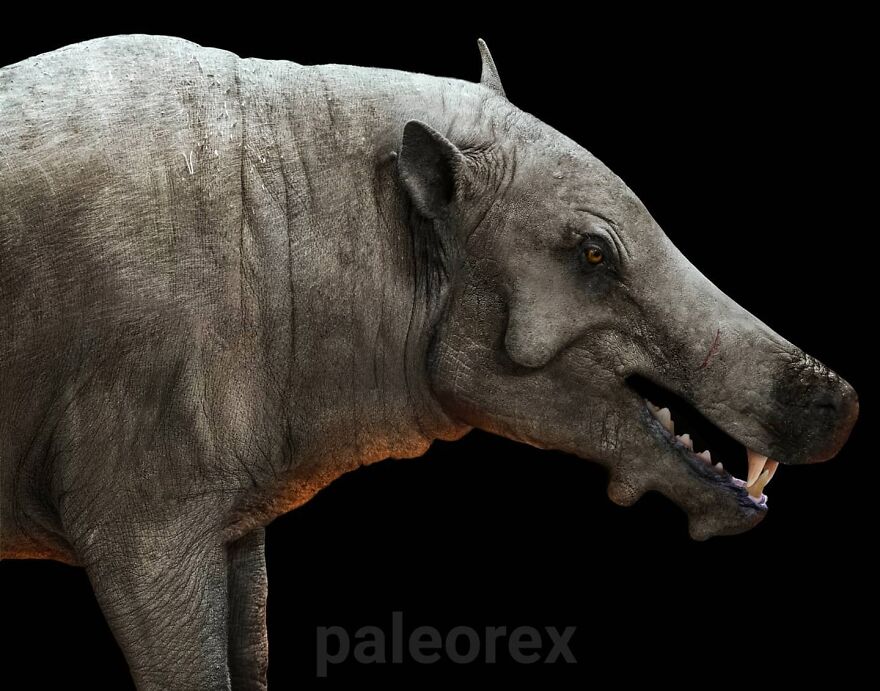
While they do look like pigs, at least according to renderings like this, some have argued that the Daeodon shares more similarities to hippos than it does to boars or pigs. Perhaps with new discoveries in the future, we will have an answer to this.
Lambeosaurus
Back 75 million years ago, during the Late Cretaceous period, the Lambeosaurus stomped across much of North America. We say stomp because the thing was about 7 meters tall, making it one of the taller species of the Hadrosauridae family.
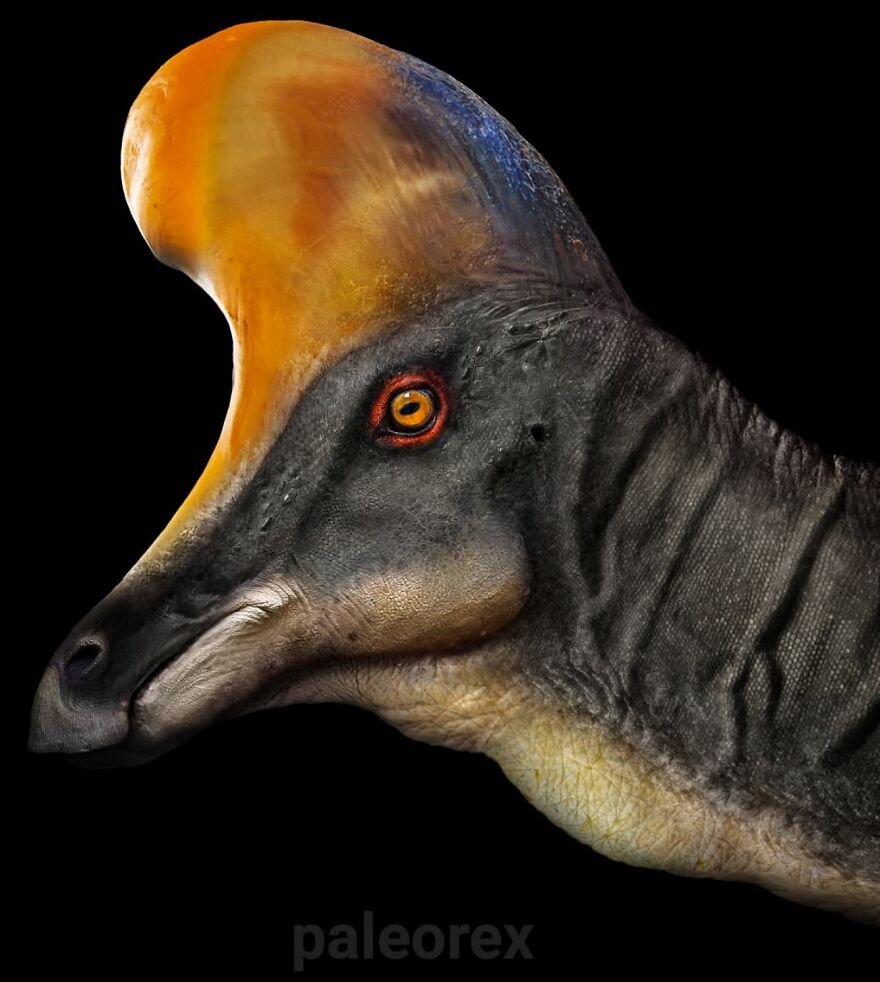
The large, peculiar crest atop the head of the Lambeosaurus was a largely hollow bone structure that paleontologists believe was used to produce stronger sounds as well as heighten their sense of smell. Whatever its function, it certainly was quite stunning.
Megapnosaurus
Megapnosaurus is probably your best bet at seeing what a dinosaur turkey hybrid would have looked like. While some of this drawing was probably inspired by a bit of creative imagination, it is still a seriously weird and disturbing-looking creature.
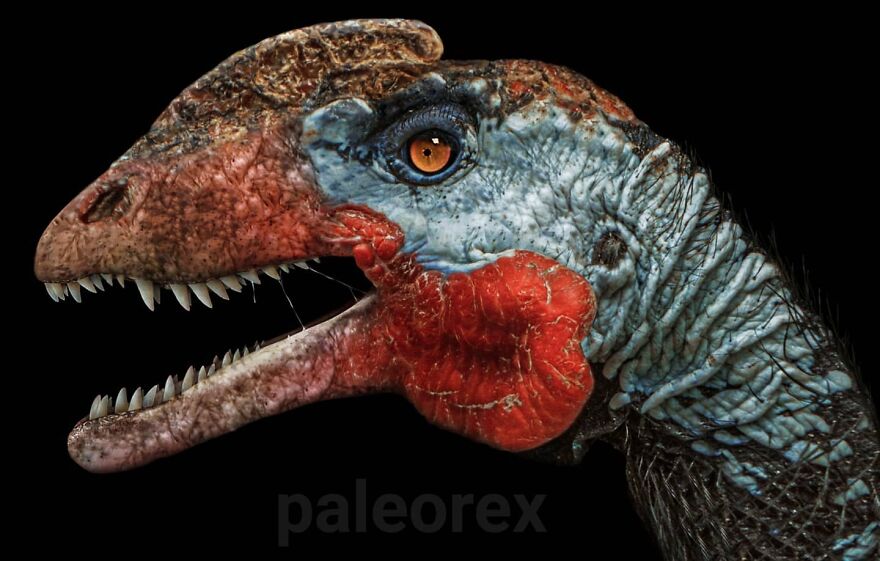
The Megapnosaurus lived 190 million years ago during the Early Jurassic and was fairly large for a coelophysid, with a length of 3 meters and a weight of over 30 kg (which isn’t that heavy at all). So far, the Megapnosaurus fossils have been found in Zimbabwe.
Torvosaurus
Torvosaurus, which means “savage lizard” in Ancient Greek, terrorized the plains during the Middle to Late Jurassic period and lived across much of the world in parts of now modern-day Germany, Portugal, Colorado, and Tanzania, to name just a few.
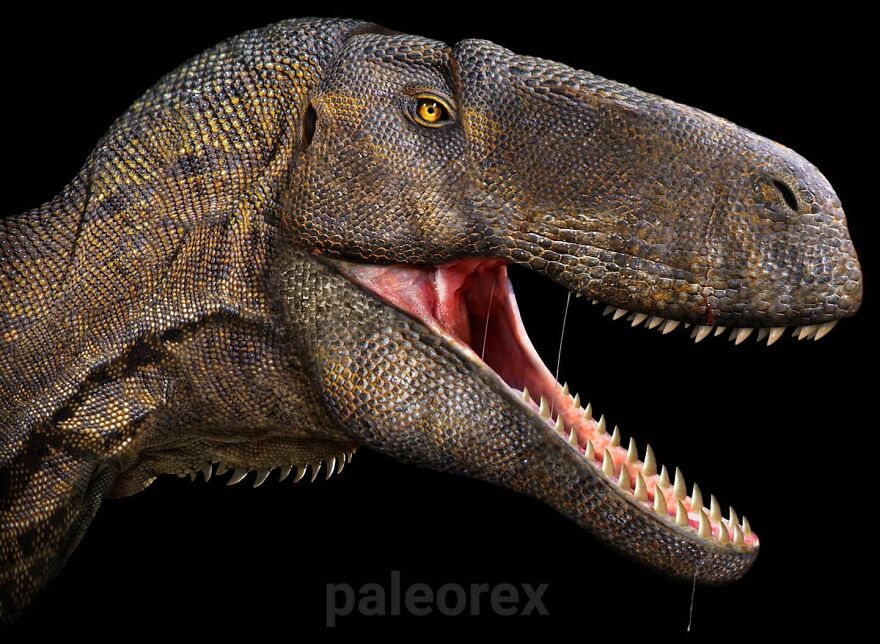
The Torvosaurus was, at the time, the largest theropod during the period; outsizing its rivals with a length of 10-11 meters and a weight of 2-5 tons. This undoubtedly made it to the top of the food chain during the period.
Tyrannosaurus Rex
Tyrannosaurus Rex, a name taken from Greek and Latin that translates to “king of the tyrant lizards.” A fitting name to describe arguably the most iconic dinosaur to have ever lived and one that has appeared in numerous pieces of media entertainment.
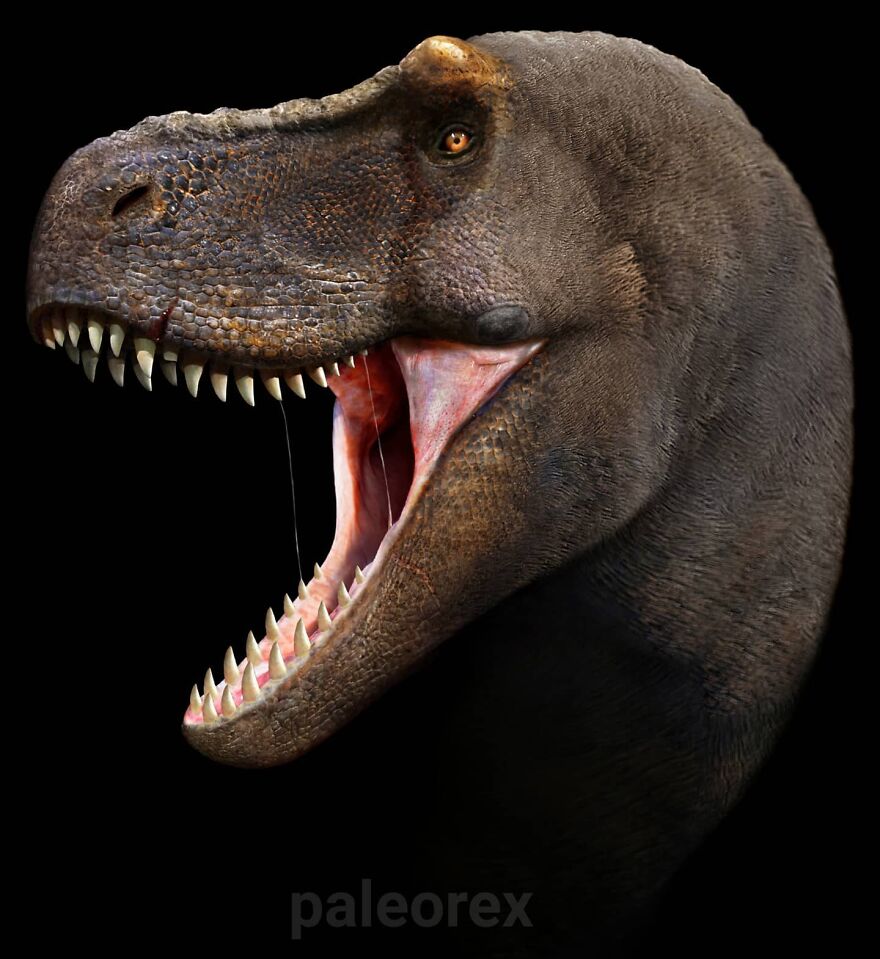
The Tyrannosaurus was the top predator of the island continent of Laramidia (now part of western North America) during the Late Cretaceous, with a powerful jaw filled with dagger-sized fangs and reaching heights of 4 meters and lengths of 12 meters.
Tarbosaurus
Now that you have seen the great Tyrannosaurus, let’s take a look at its lesser-known cousin, the Tarbosaurus. Tarbosaurus was an absolute giant of the Late Cretaceous that dominated large parts of Asia, making it the Tyrannosaurus equivalent of Asia.
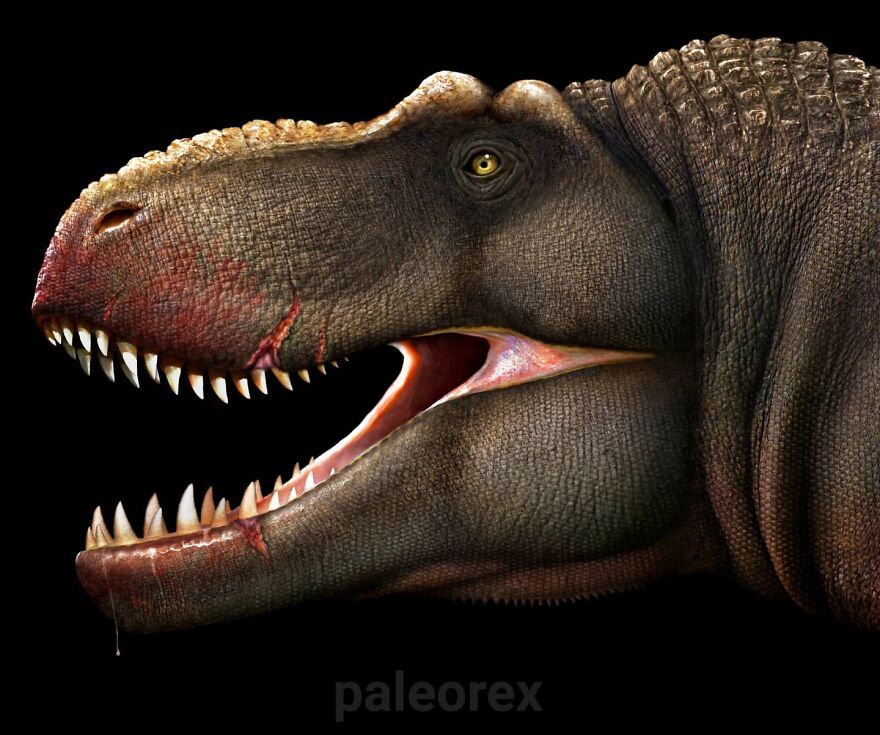
The Tarbosaurus, a name that means “alarming lizard,” had a similar body to other Tyrannosauruses; the only difference was that it had the smallest arms of any other tyrannosaurid. Tarbosaurus had a weight of 5 metric tons and a length of 9 meters.
Herrerasaurus
This scary, snappy-looking guy was called the Herrerasaurus, a raptor-like hunter that prowled across Argentina during the Late Triassic period 237 million years ago. Like raptors, they relied on nimble and powerful legs and sharp claws to kill their prey.
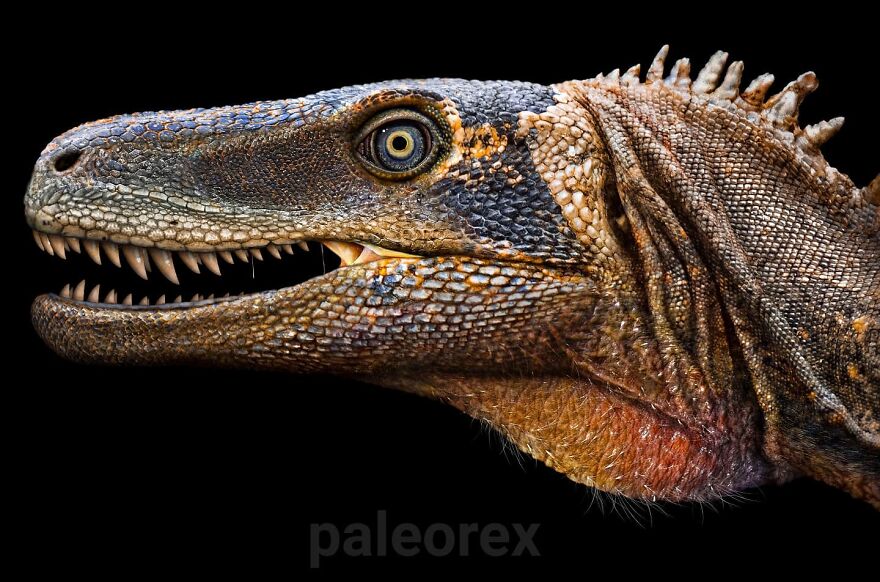
It is thought that their agile and nimble builds allowed the Herrerasaurus to thrive against larger predators. That said, Herrerasaurus had quite a surprising weight of 350 kg and a length of 6 meters, with its skull alone measuring close to 60 cm.
Supersaurus
Supersaurus, a fellow diplodocid sauropod, had an astounding weight of over 36 metric tons with an almost matching length of 39 meters. Supersaurus also had one of the longest necks of the sauropod clade, which they needed to reach high vegetation.
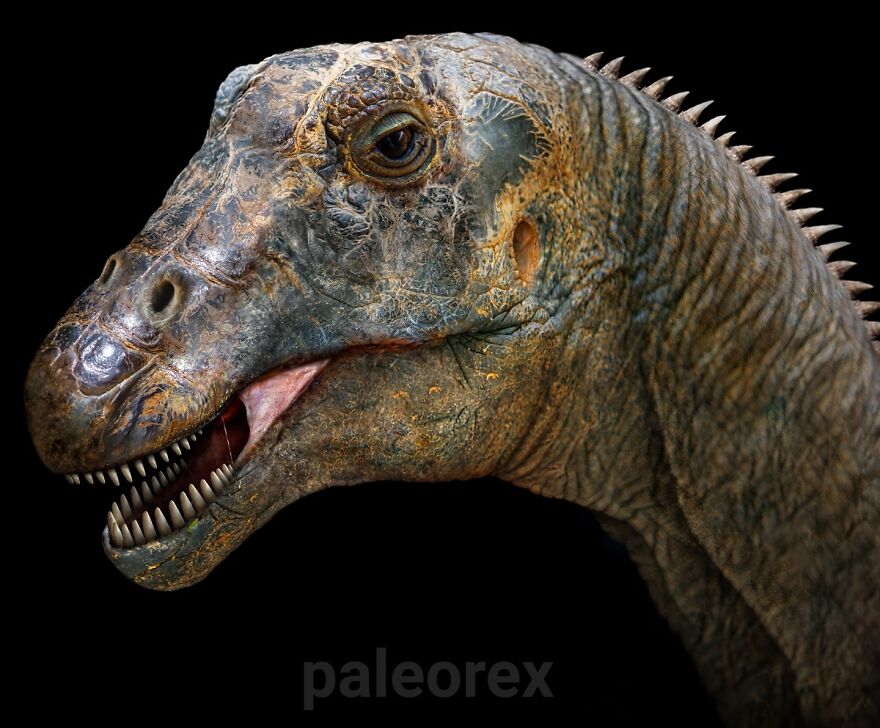
North America, specifically large parts of Colorado, was home to these giant grazers during the Late Jurassic period 153 million years ago. That said, Supersaurus did have potentially close relatives in Portugal around the same period known as the Dinheirosaurus.
Microraptor
Another possible early relative or predecessor of the modern birds was the tiny Microraptor. Even its name gives you an idea of how small this lizard bird was, measuring just short of 80 cm long and weighing only 1 kg.
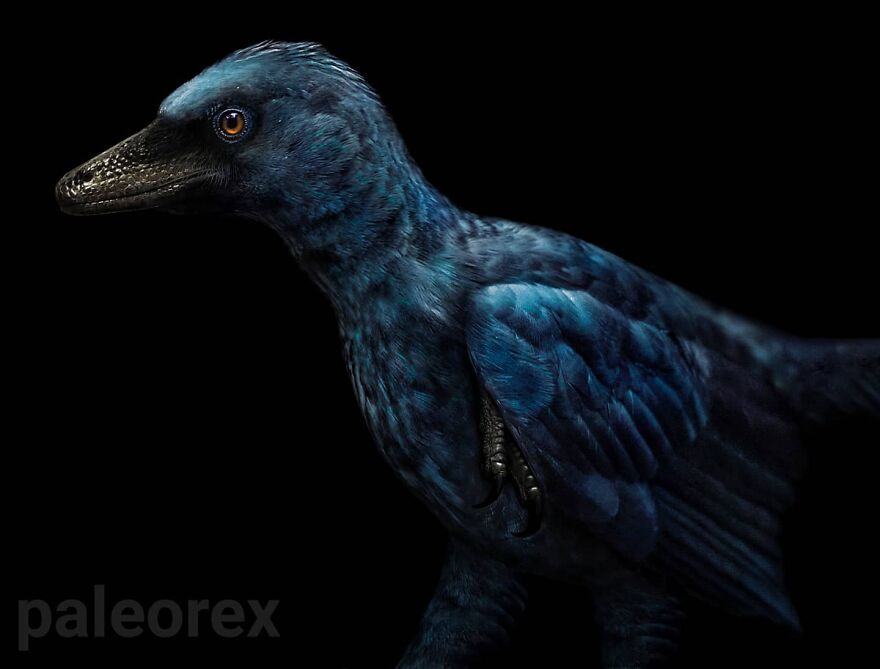
The Microraptor seemed to have been native to large parts of China during the Early Cretaceous period. The Microraptor could not really fly; instead, they climbed and glid between trees. Their discovery was still crucial in understanding the evolution of birds.
Thylacosmilus
This is Thylacosmilus, another member of the saber-toothed family that prowled and hunted in South America between the Late Miocene to the Pliocene epochs, living between 3 to 9 million years ago. What is interesting is that the Thylacosmilus was not a feline.
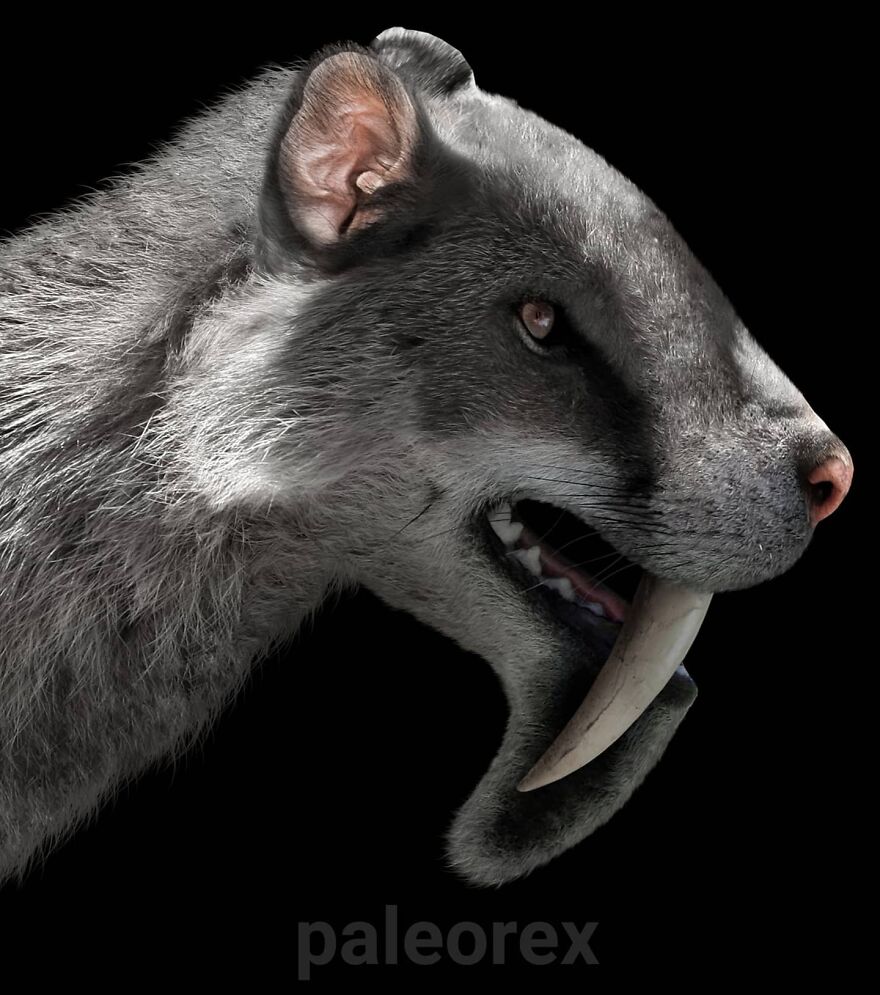
When we think of a saber-toothed animal, we immediately think of the saber-tooth tiger, assuming anything that looks similar must also be related. Well, the Thylacosmilus was actually a sparassodont, an order of creatures more closely related to marsupials (squirrels, kangaroos, etc.)
Hamipterus
Hamipterus was a genus of pterosaur during the Early Cretaceous that soared the skies of north-western China. The species was first discovered in 2006 in China’s Hami region by paleontologists Wang Banyue and Qiu Zhanxiang, and was formally classified and named in 2014.
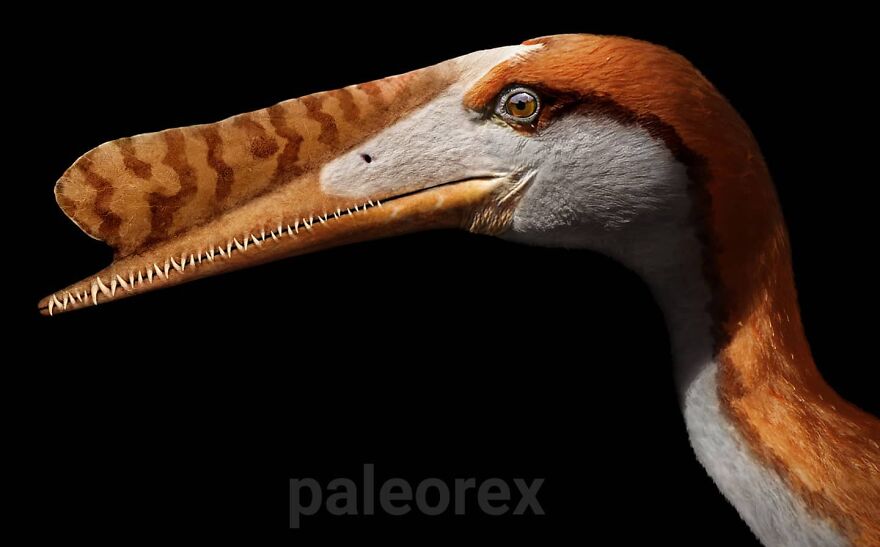
The excavation site revealed what appeared to have once been a nesting spot where dozens of fossils had been uncovered, which they believe was once populated by hundreds of Hamipterus. The Hamipterus had a wingspan of 1.5-3 meters. Unfortunately, we don’t know what coloration they really had, but Paleorex did a fantastic model.
Majungasaurus
This stony scaled giant lizard is the Majungasaurus, whose name was derived from an older spelling of Mahajanga (once a providence of Madagascar) and the –saurus suffix. While it might look like an iguana, they were actually a bipedal hunter.
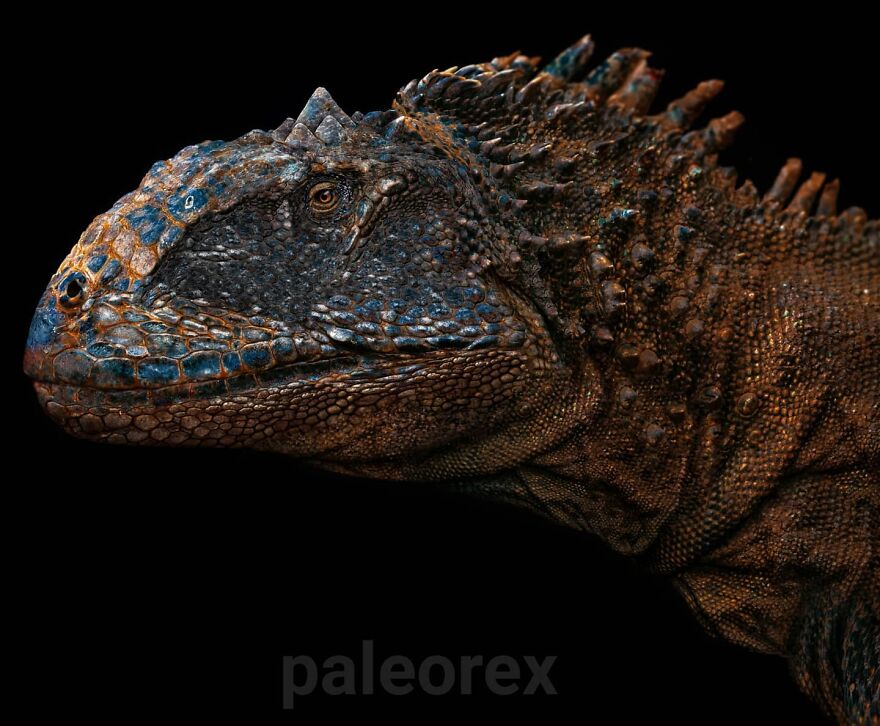
In fact, the Majungasaurus reached an impressive length of over 7 meters, which made it the largest predator within the region it roamed. The Majungasaurus dates to the late Cretaceous and remains the most studied theropod from the Southern Hemisphere.
Citipati
The Citipati (admittedly a fun name to say over and over) was a member of the oviraptorid family from the Late Cretaceous, 75 million years ago, and was found in parts of Asia. The Citipati fed on insects, fruits, and seeds.
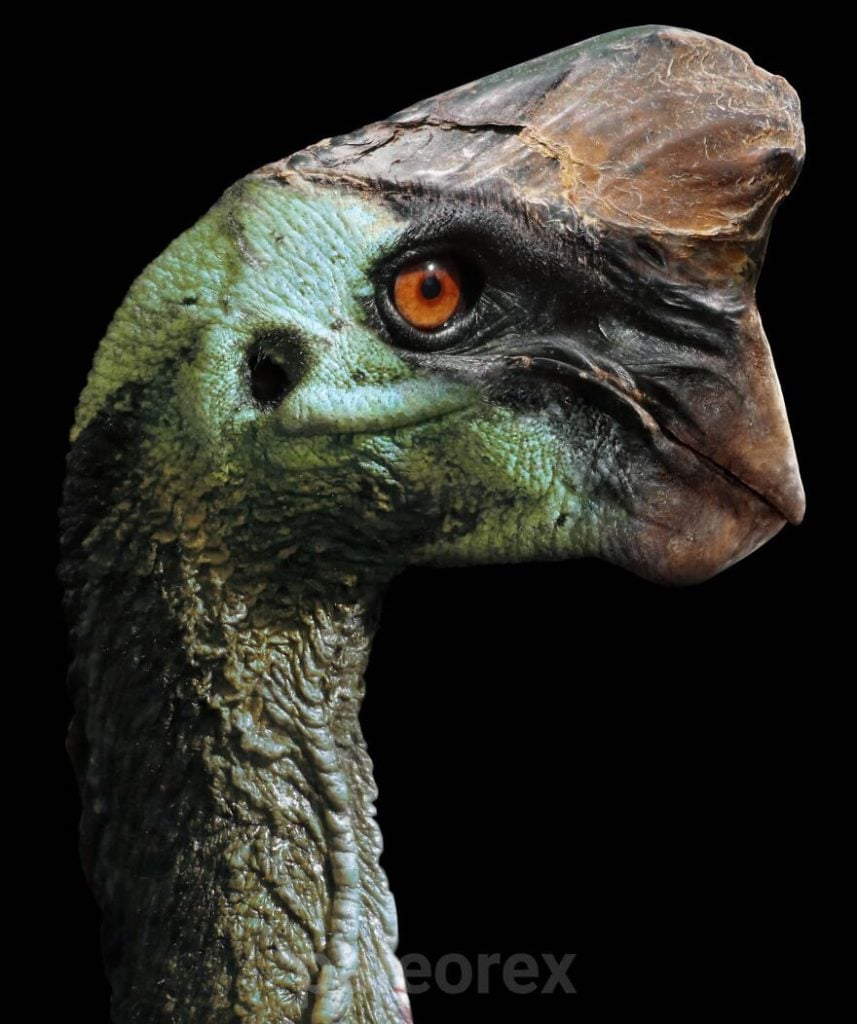
The Citipati’s name translates as “funeral pyre lord,” which was derived from the Sanskrit words citi and pati, which meant “funeral pyre” and “lord,” respectively. The reason for the name is unclear. It weighed 80 kg and measured 3 meters long.
Coelophysis
This colorful killer was called a Coelophysis, which was a small species of theropodous from the Late Triassic to the Early Jurassic periods, about 196-220 million years ago. The Coelophysis was a bipedal hunter that reached 3 meters in length.
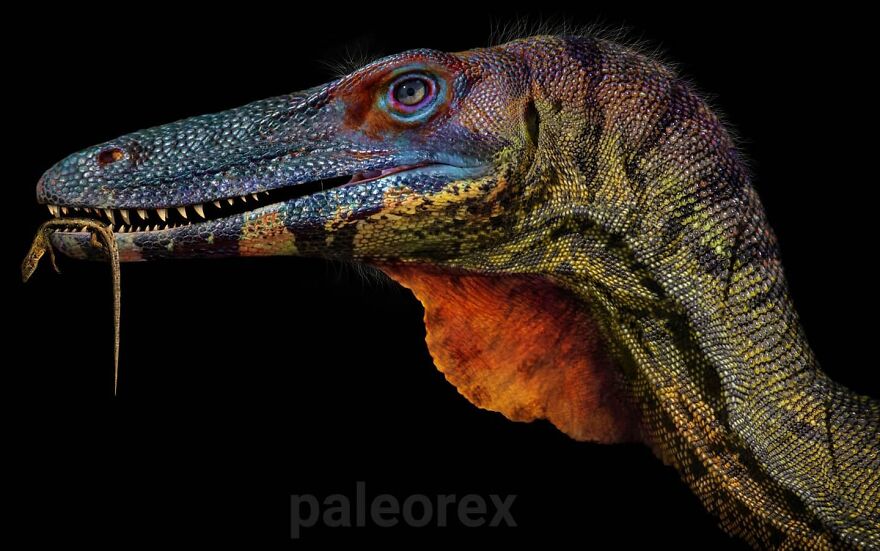
The agile and slender build of the Coelophysis made it a dangerous and reflexive predator that preyed on fish, prehistoric mammals, and other smaller and weaker reptilian dinosaurs. Its serrated and sharp fangs were perfectly designed to mortally wound their prey.
Mymoorapelta
The Mymoorapelta, a name that means “shield of Mygatt-Moore,” was a 3 meter long and armored ankylosaur from the Late Jurassic and was found near the Morrison Formation of Colorado’s Rabbit Valley. It is named after the Mygatt-Moore excavation site.
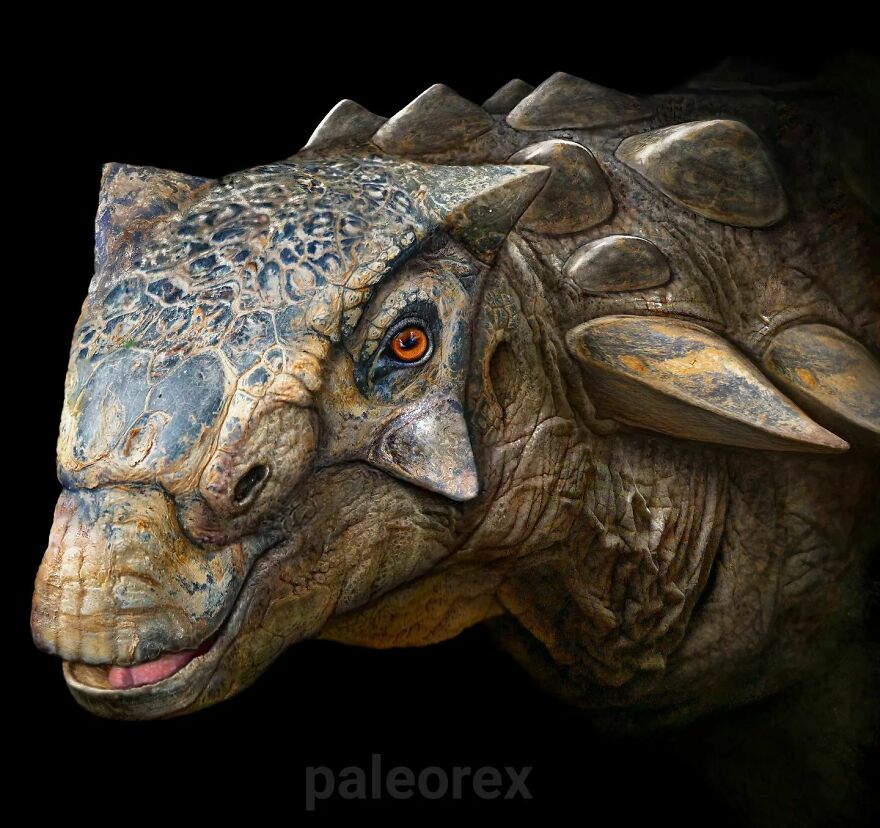
The Mygatt-Moore exavaction site gets its name from two couples, the Mygatts and the Moores, who stumbled across the area back in 1985 during a hike through Rabbit Valley. Since then, the site has revealed more than 2000 dinosaur fossils.
